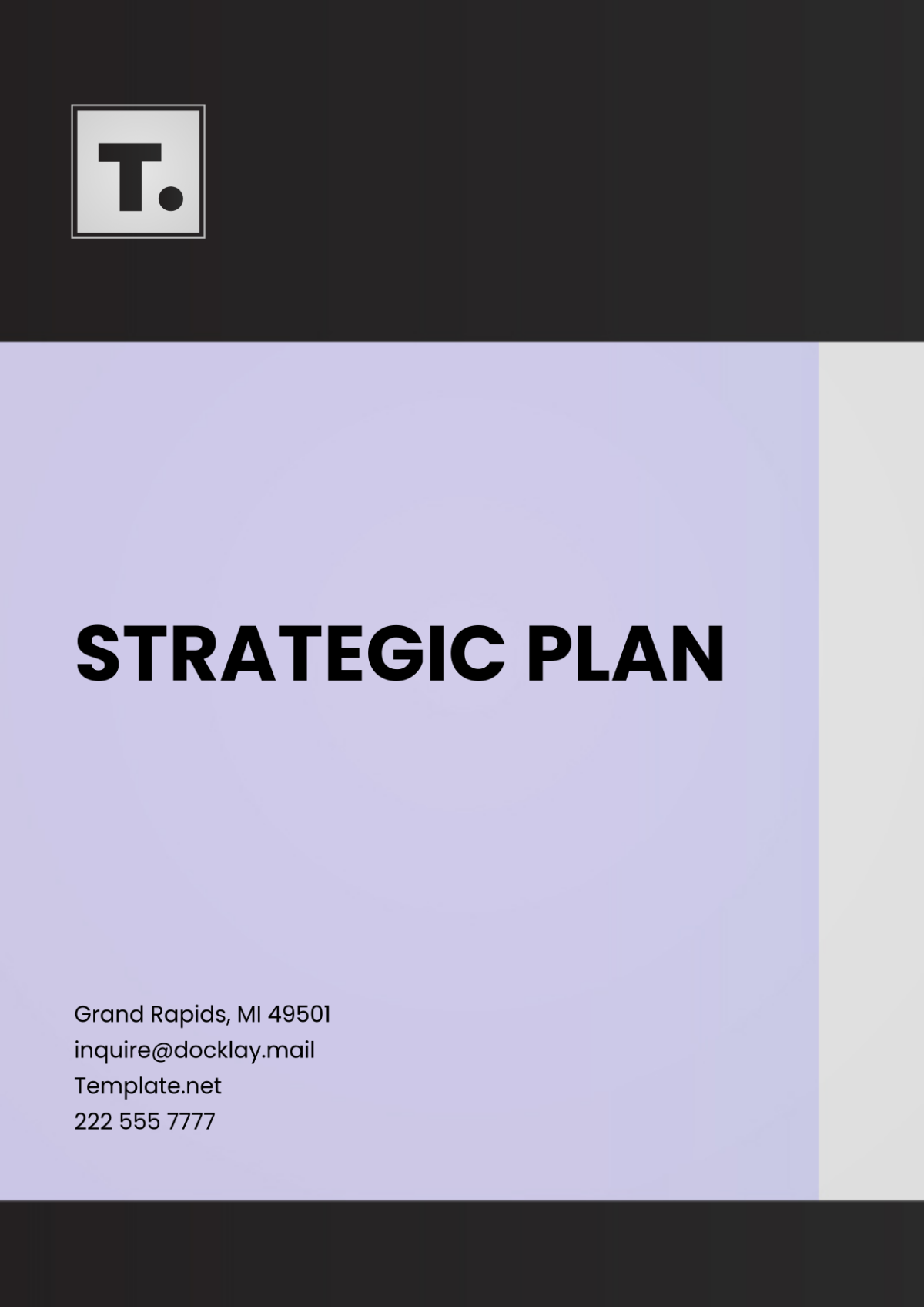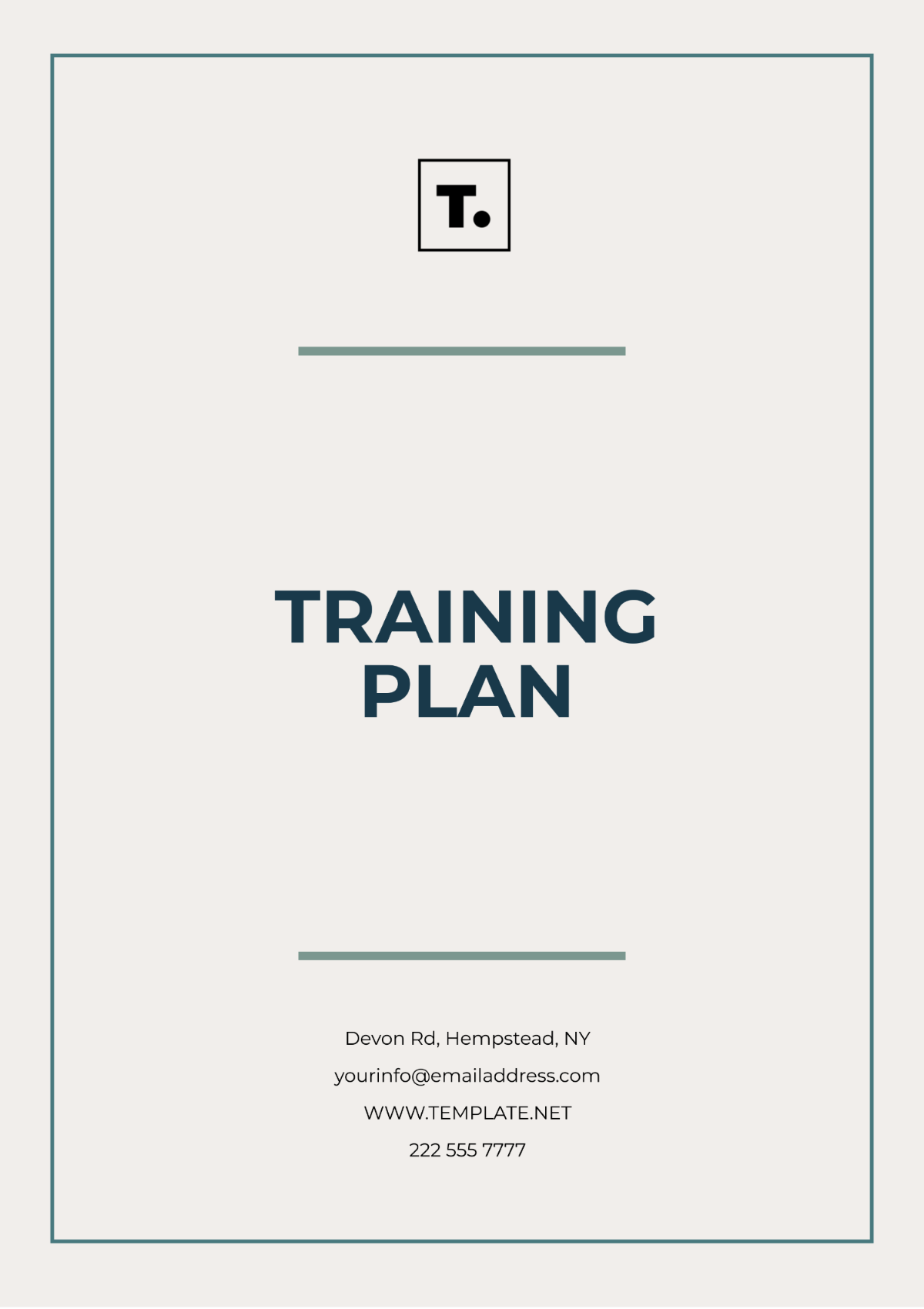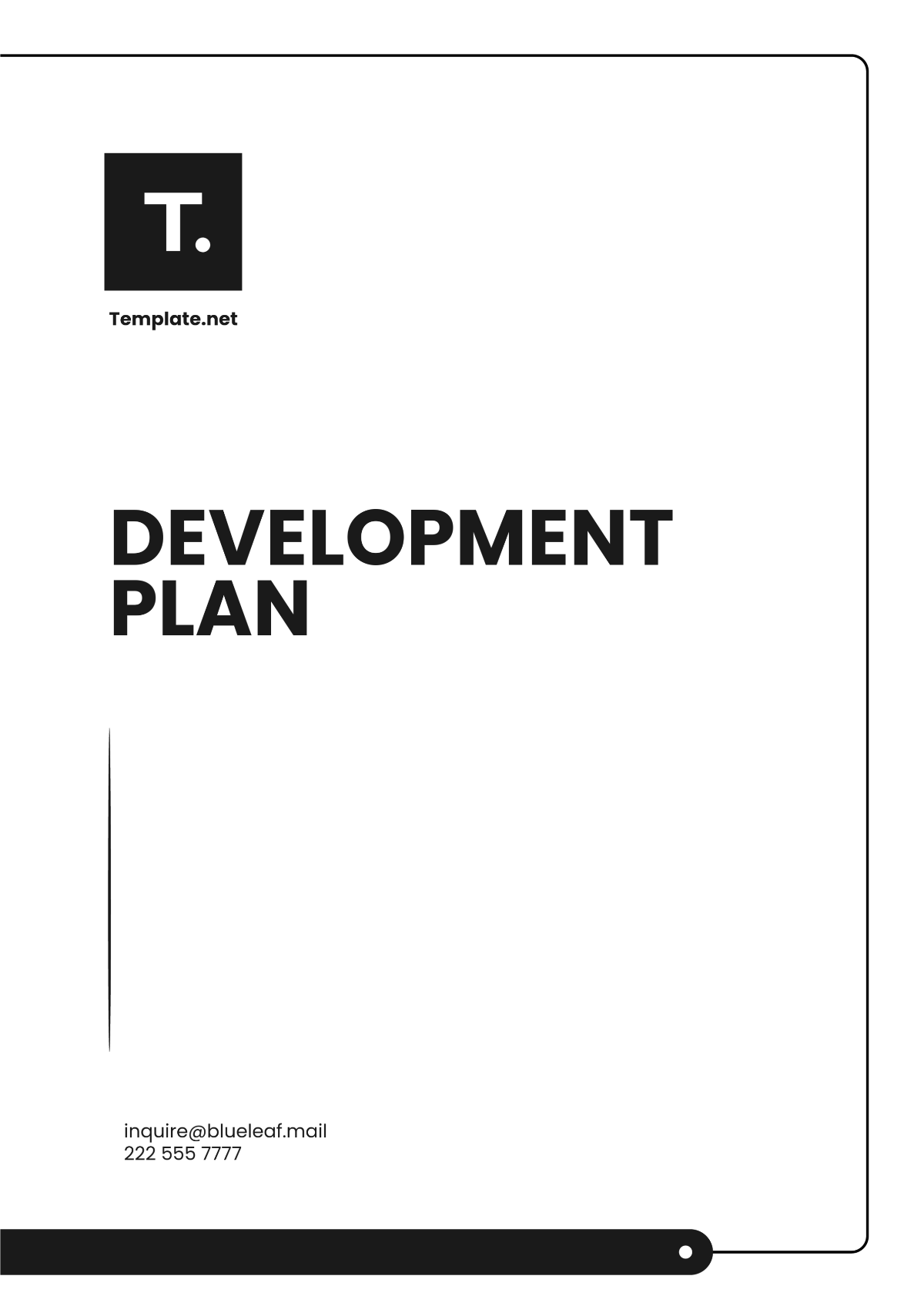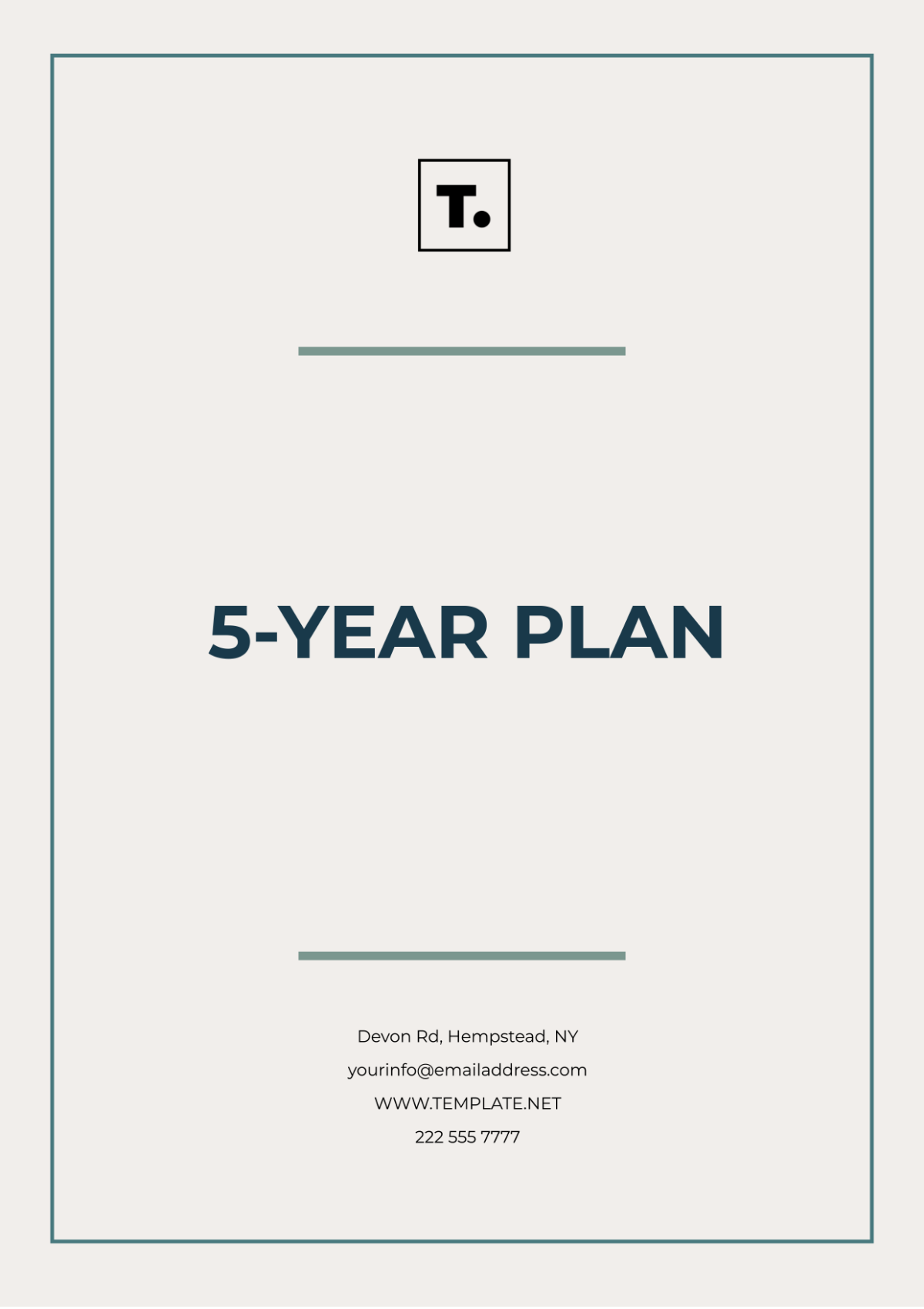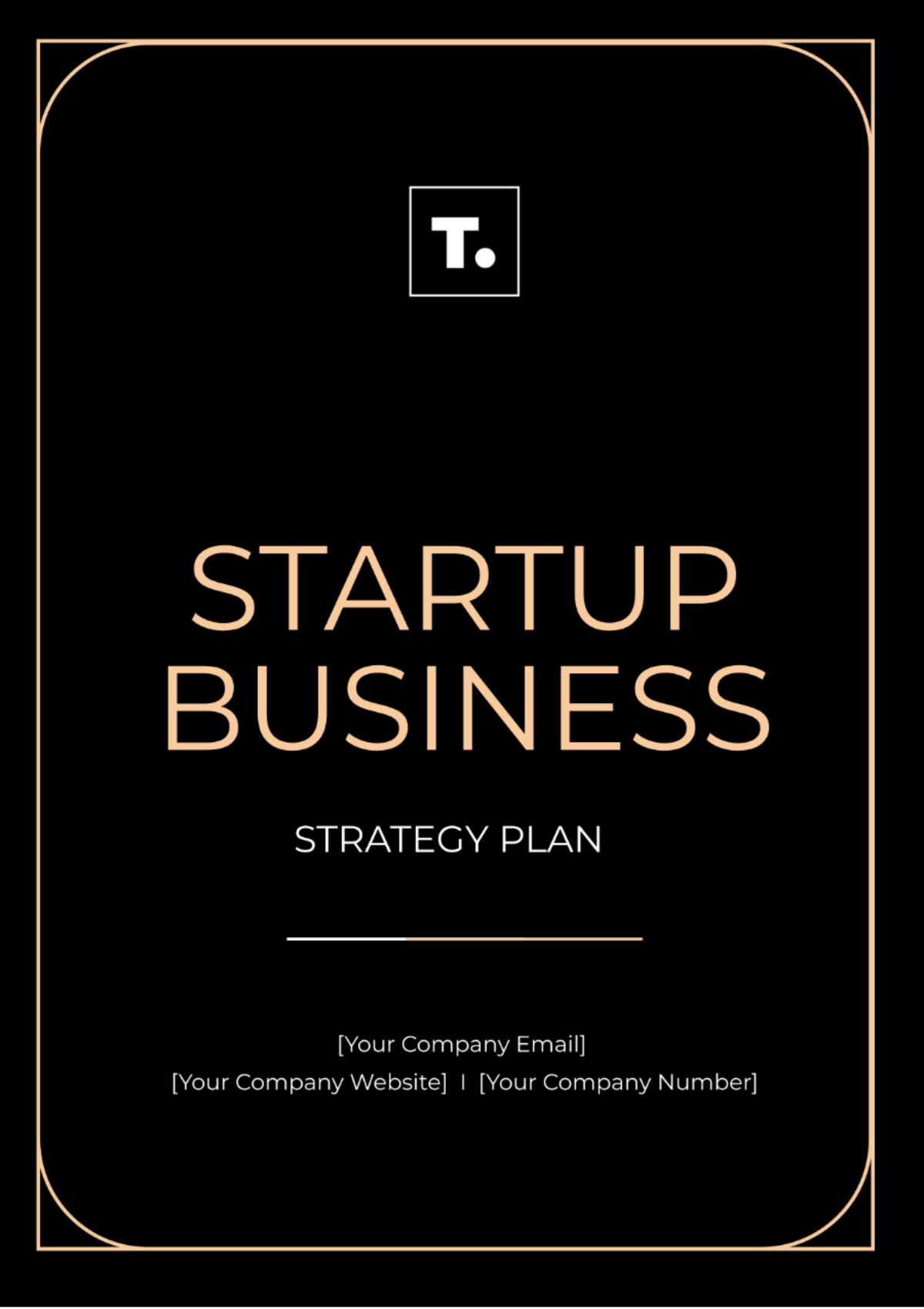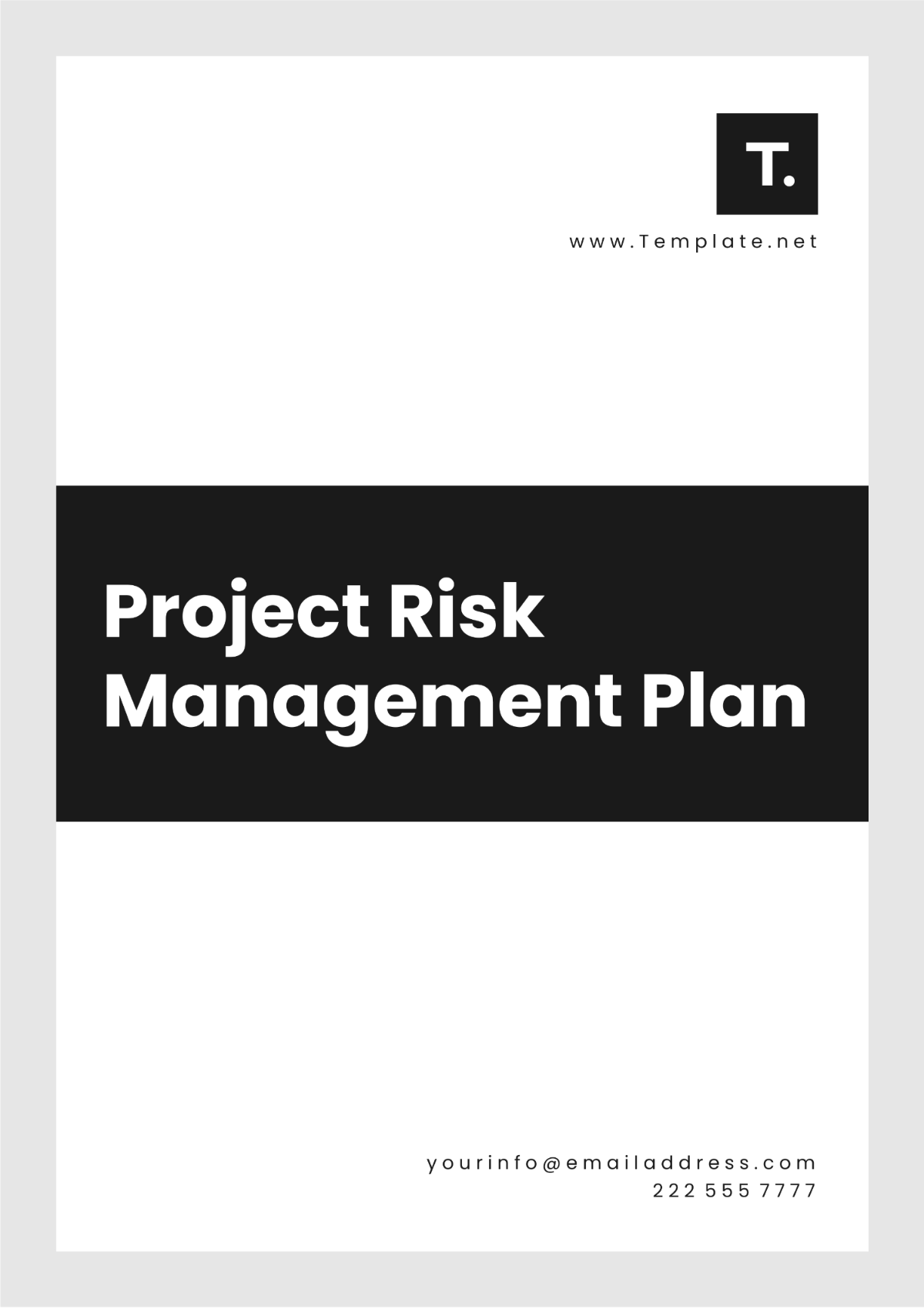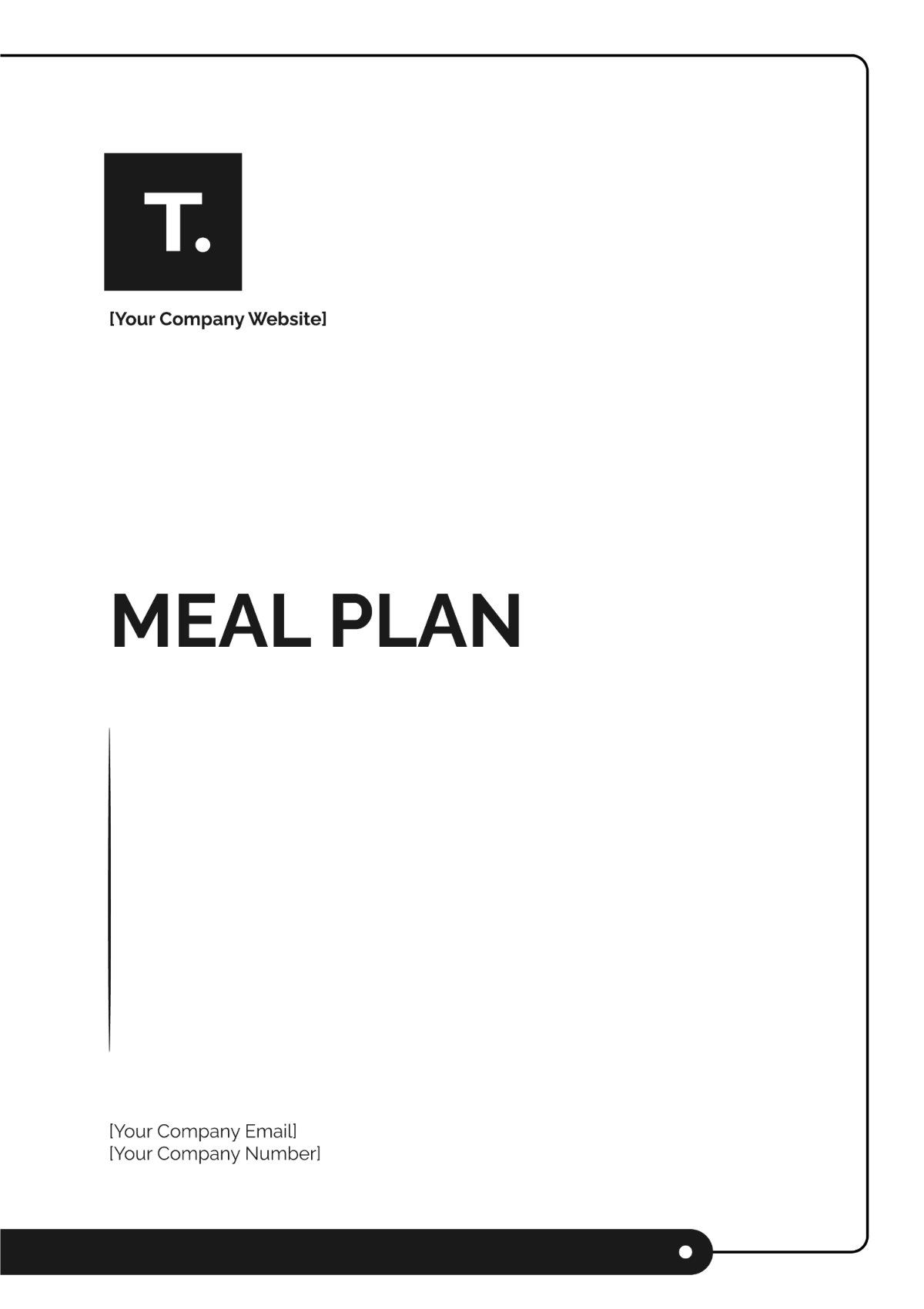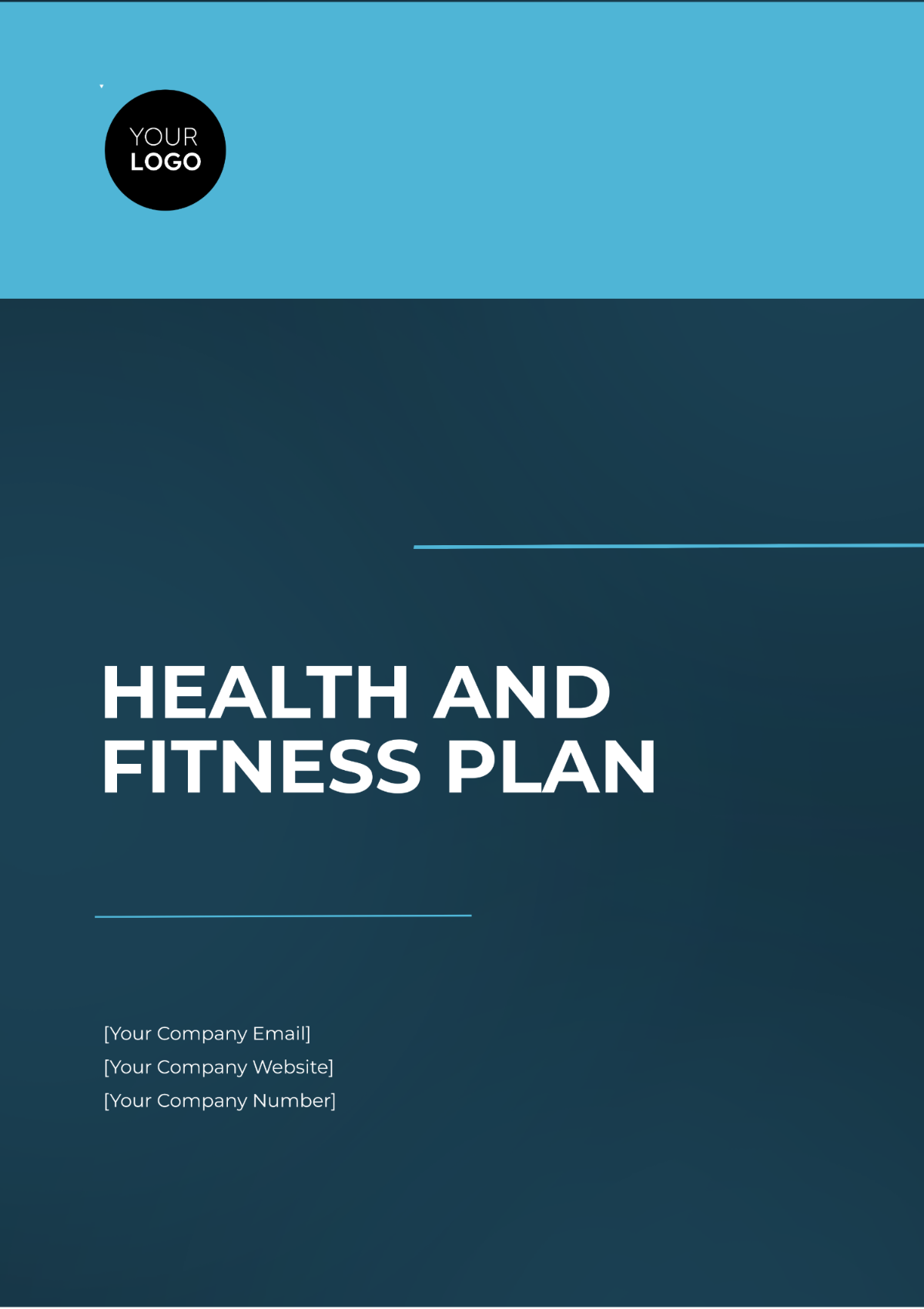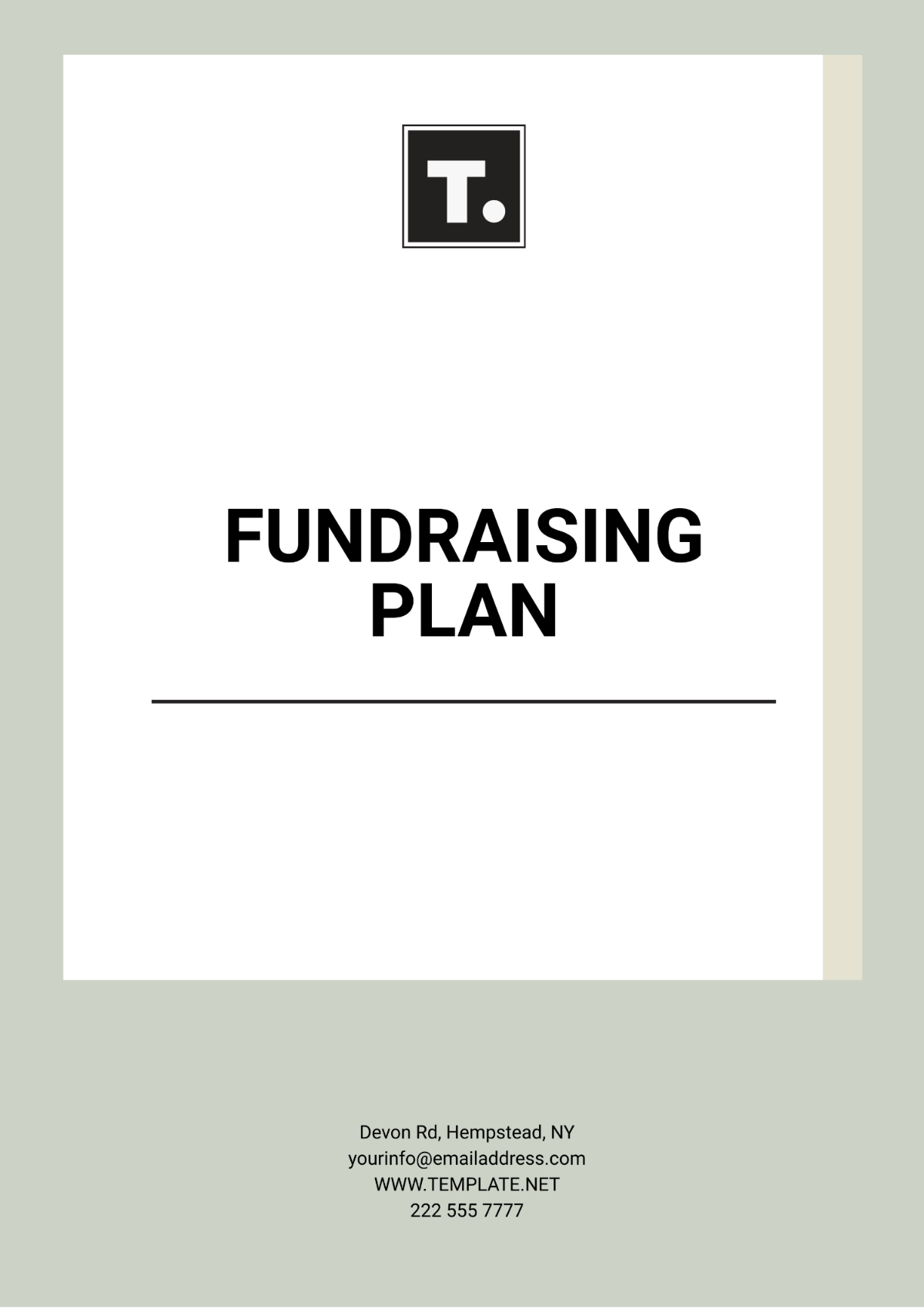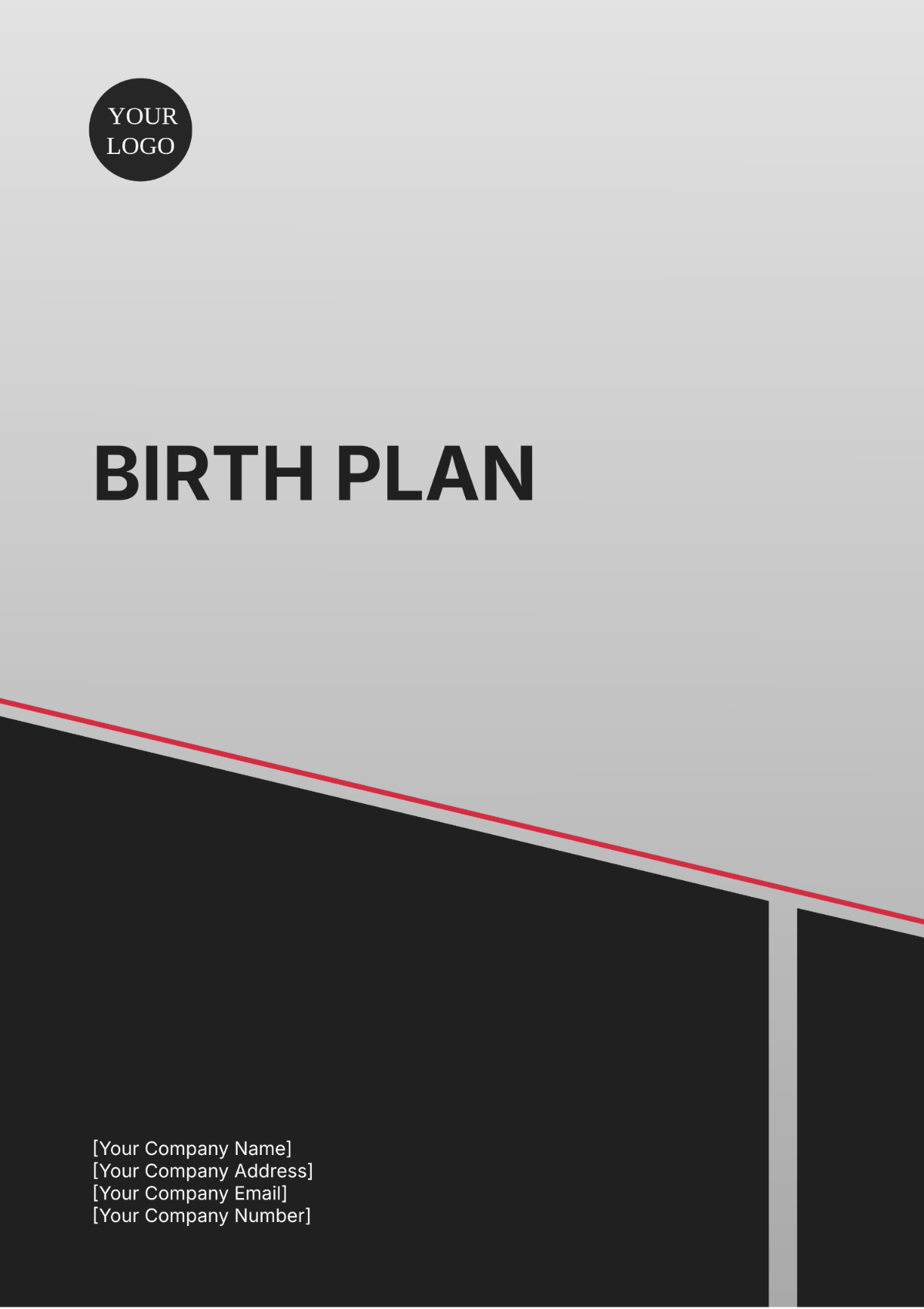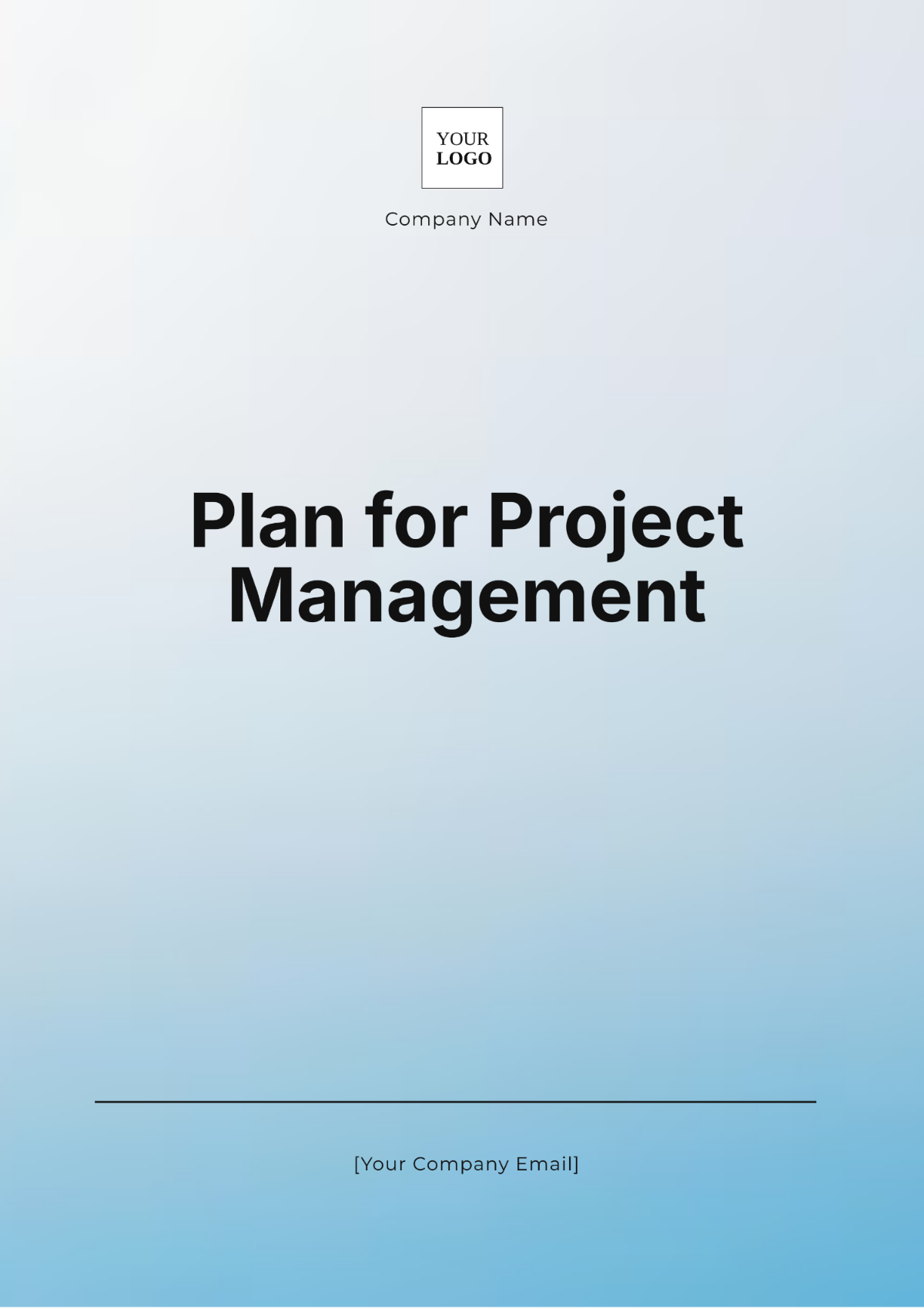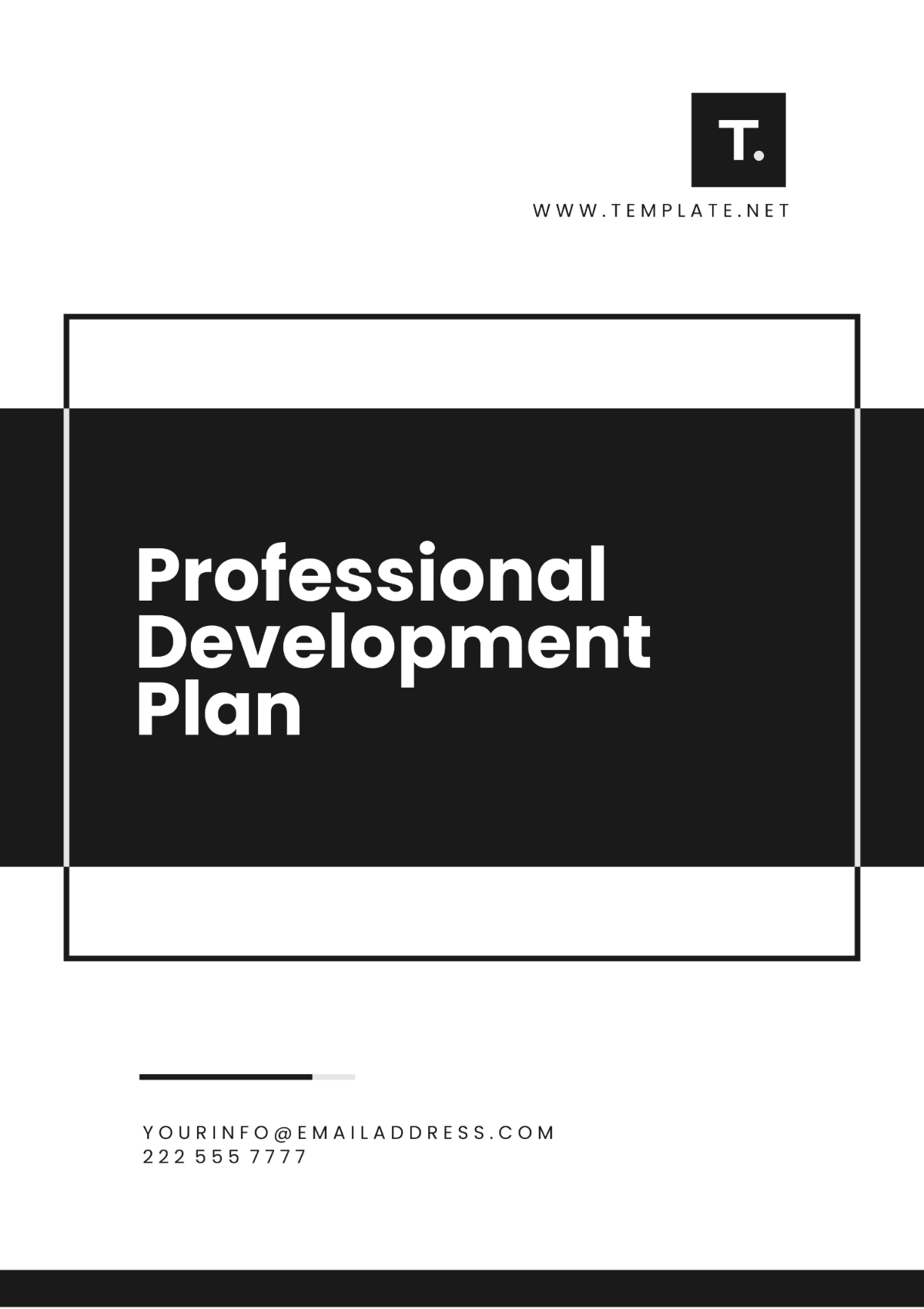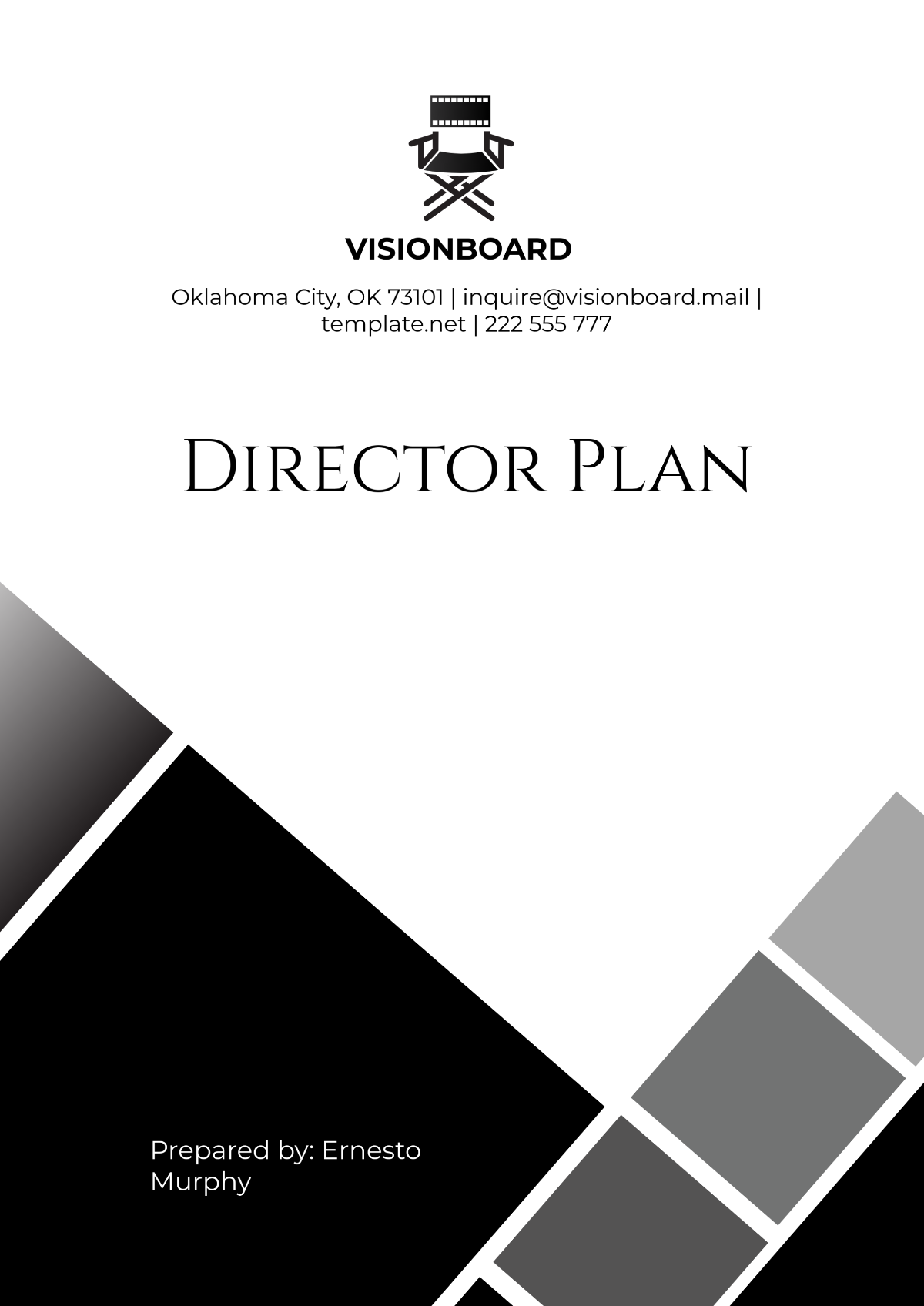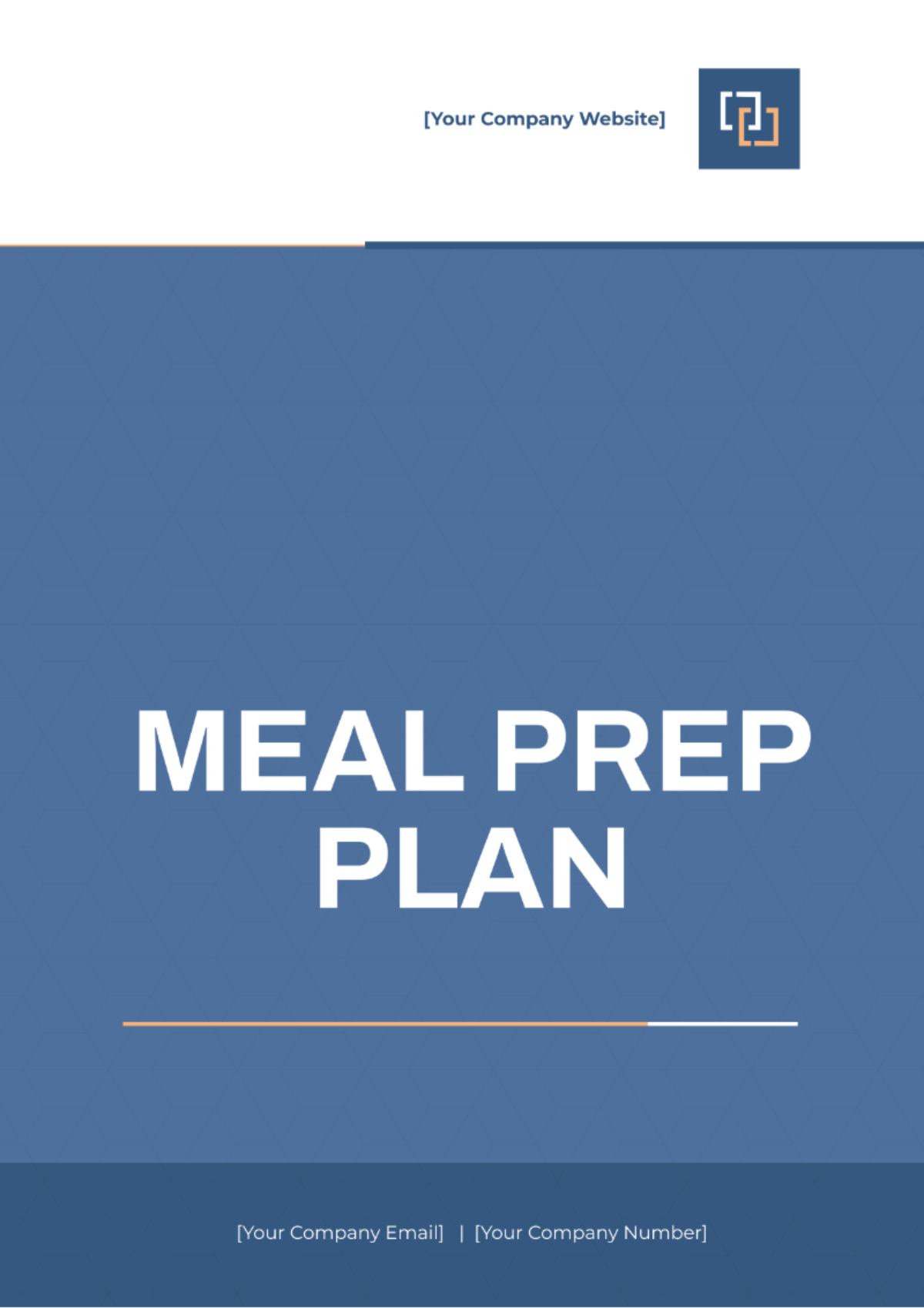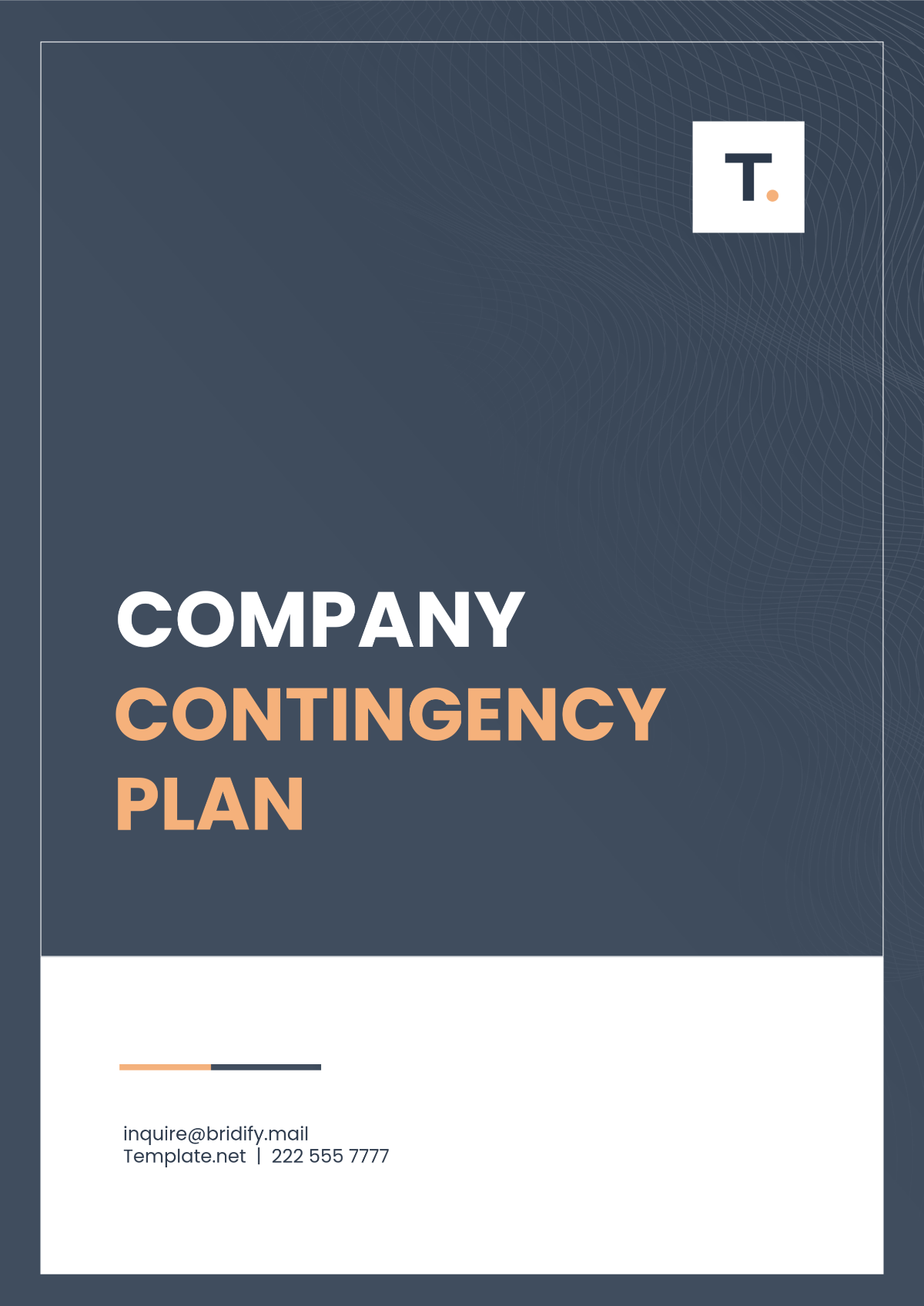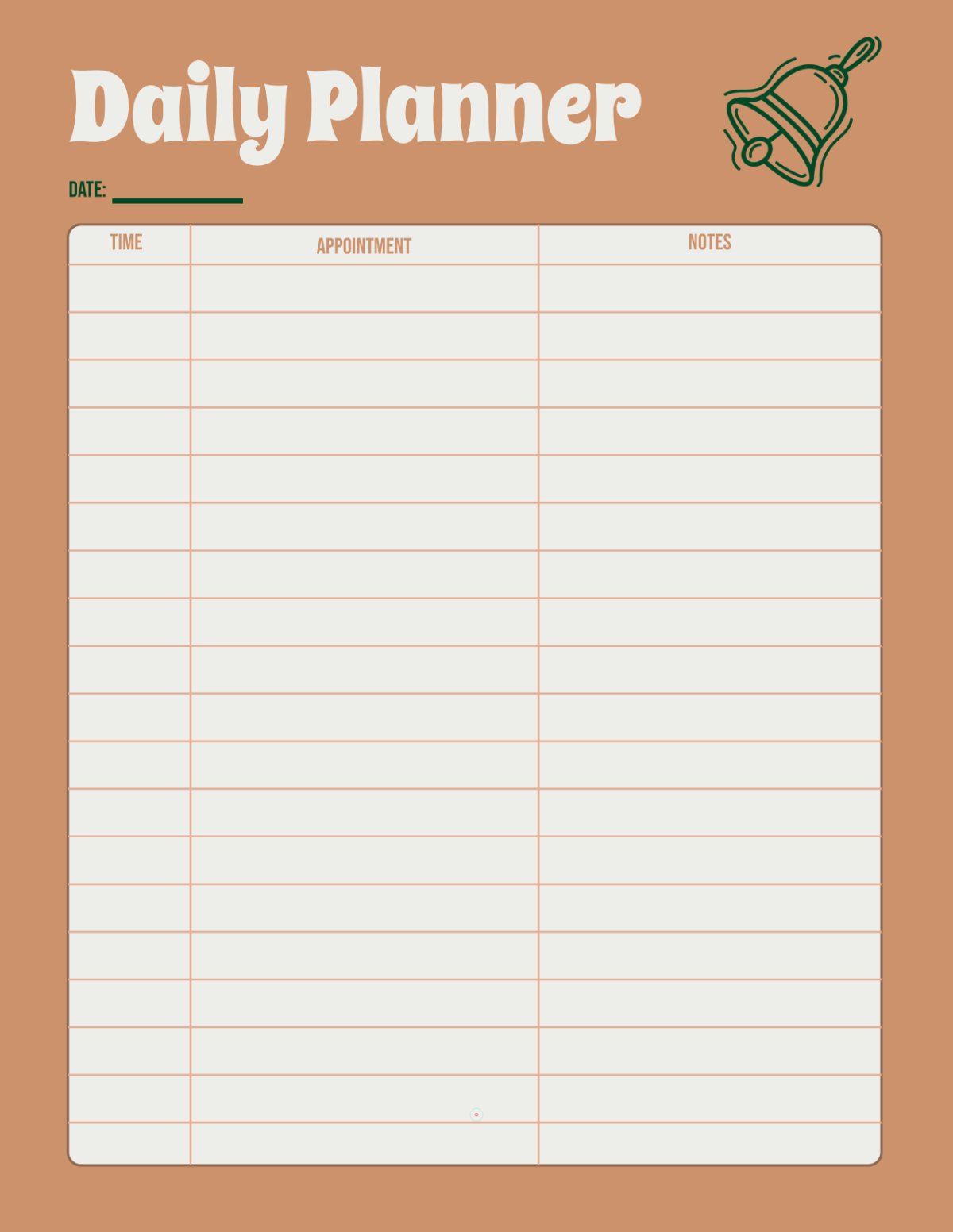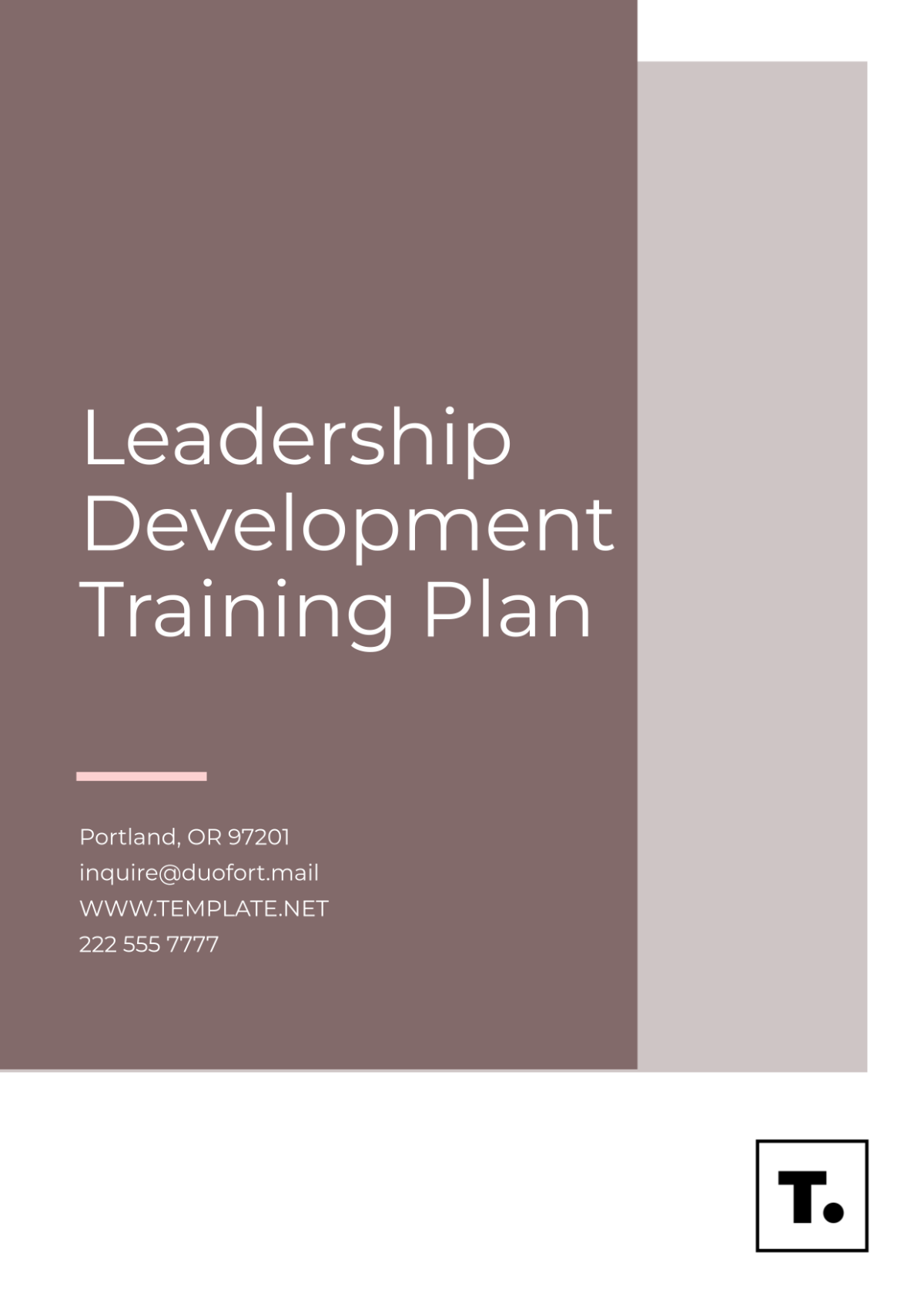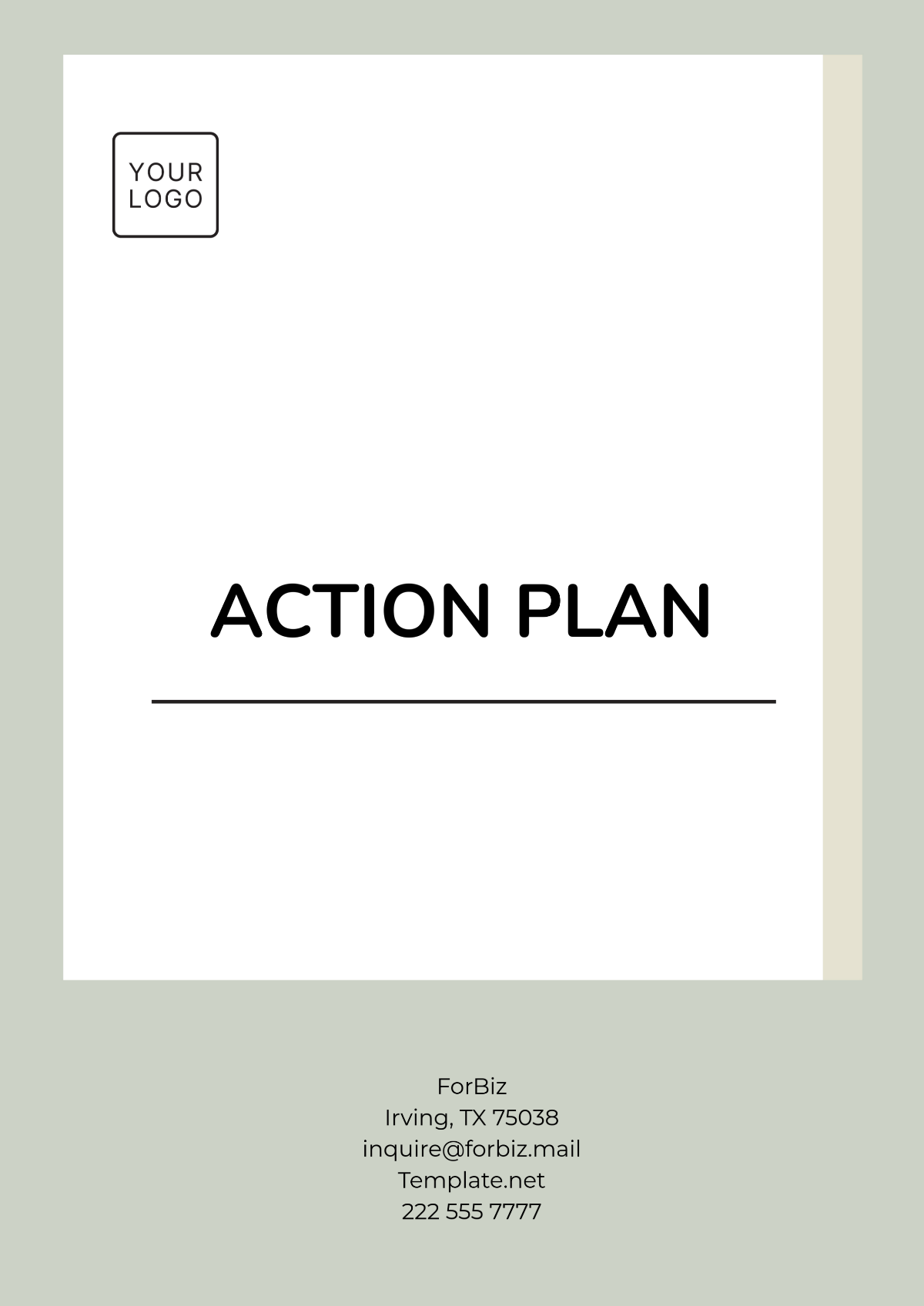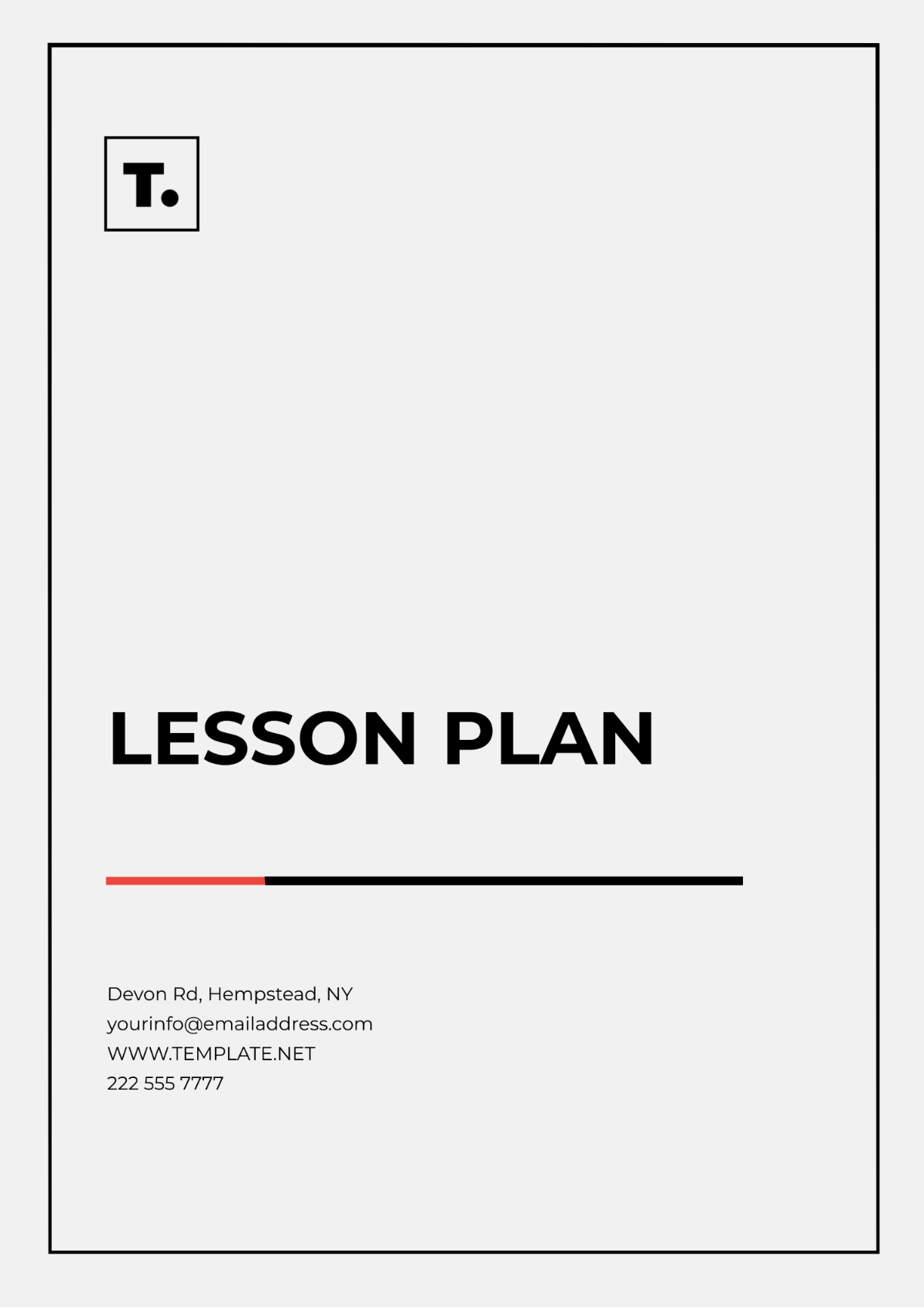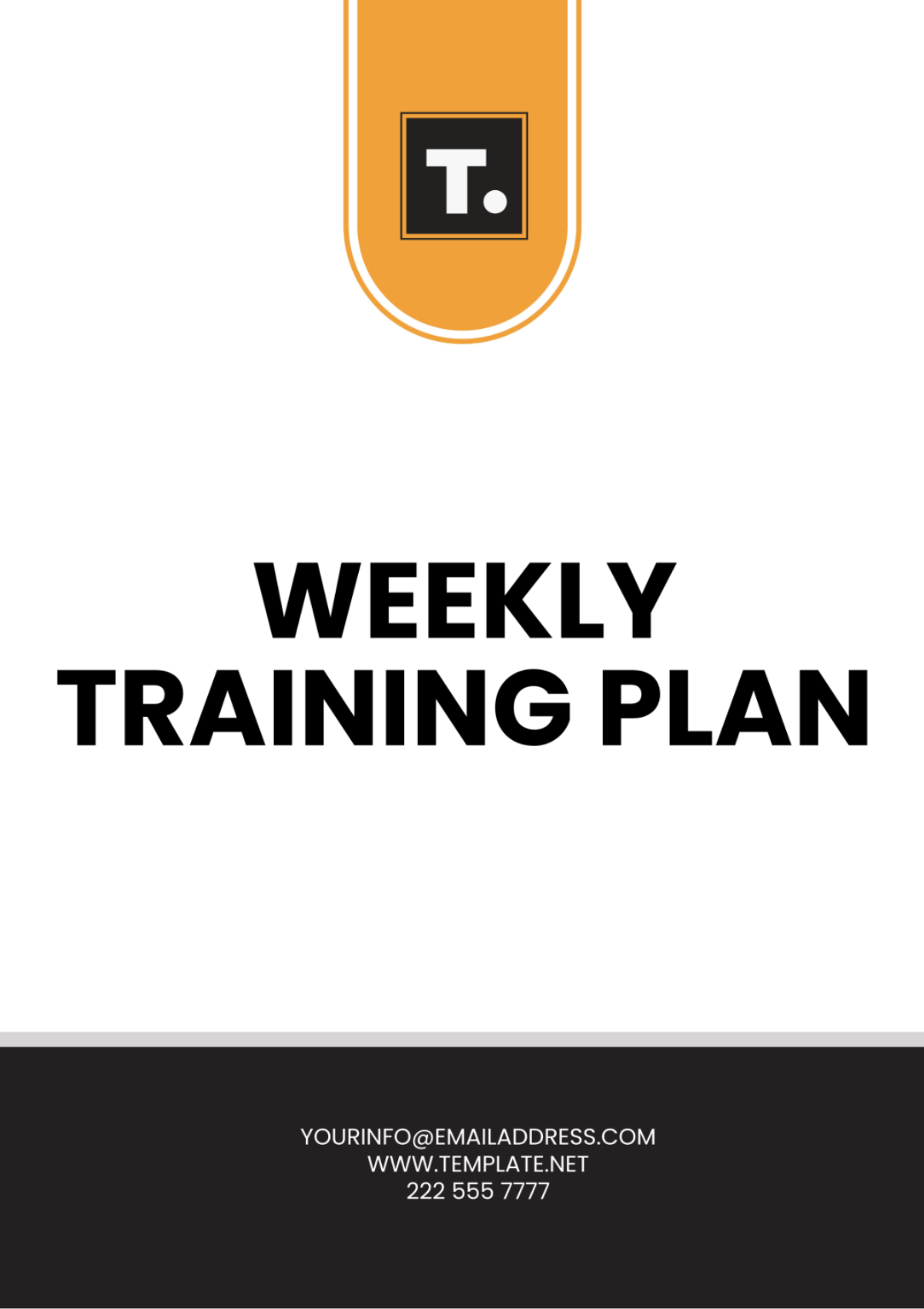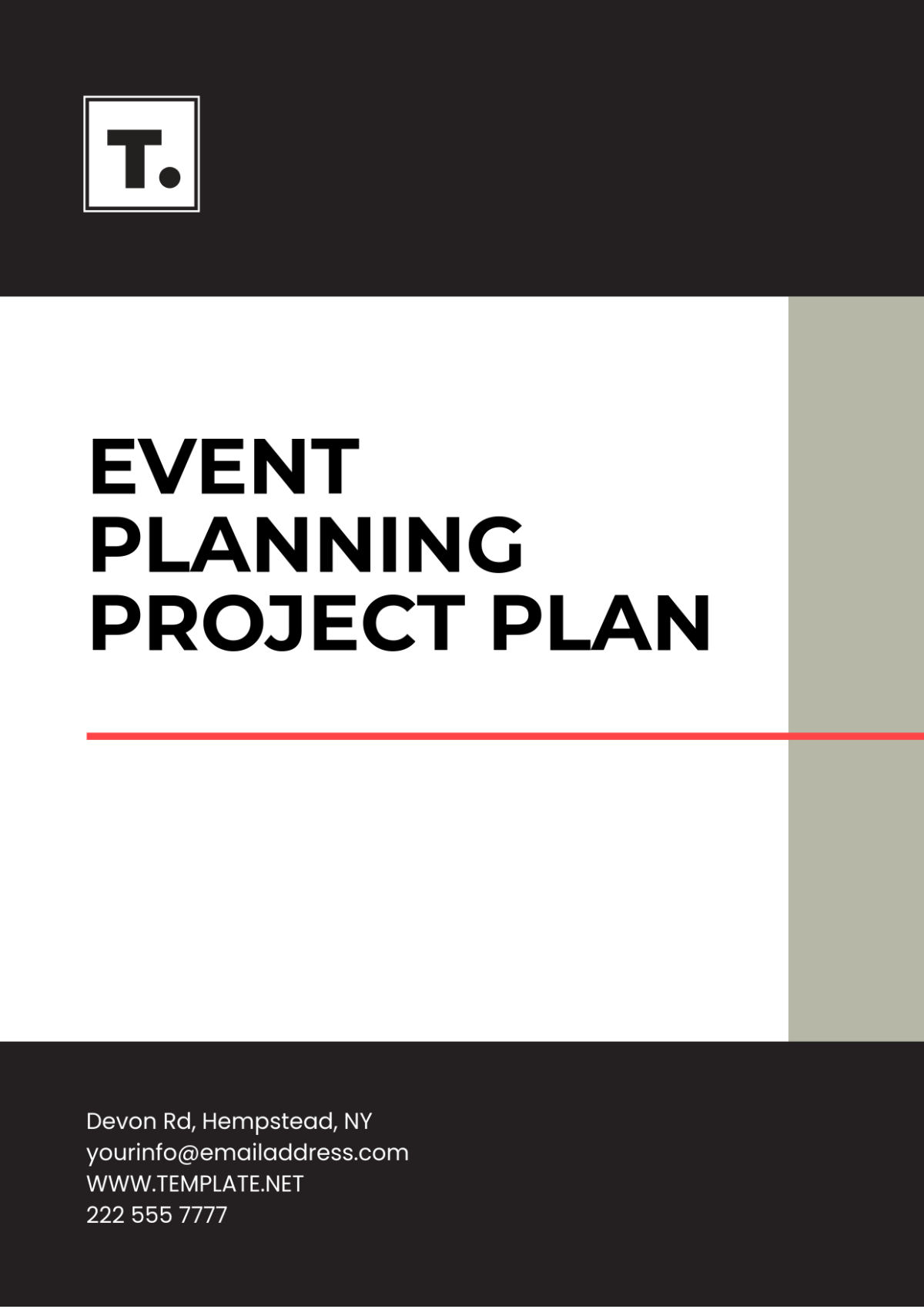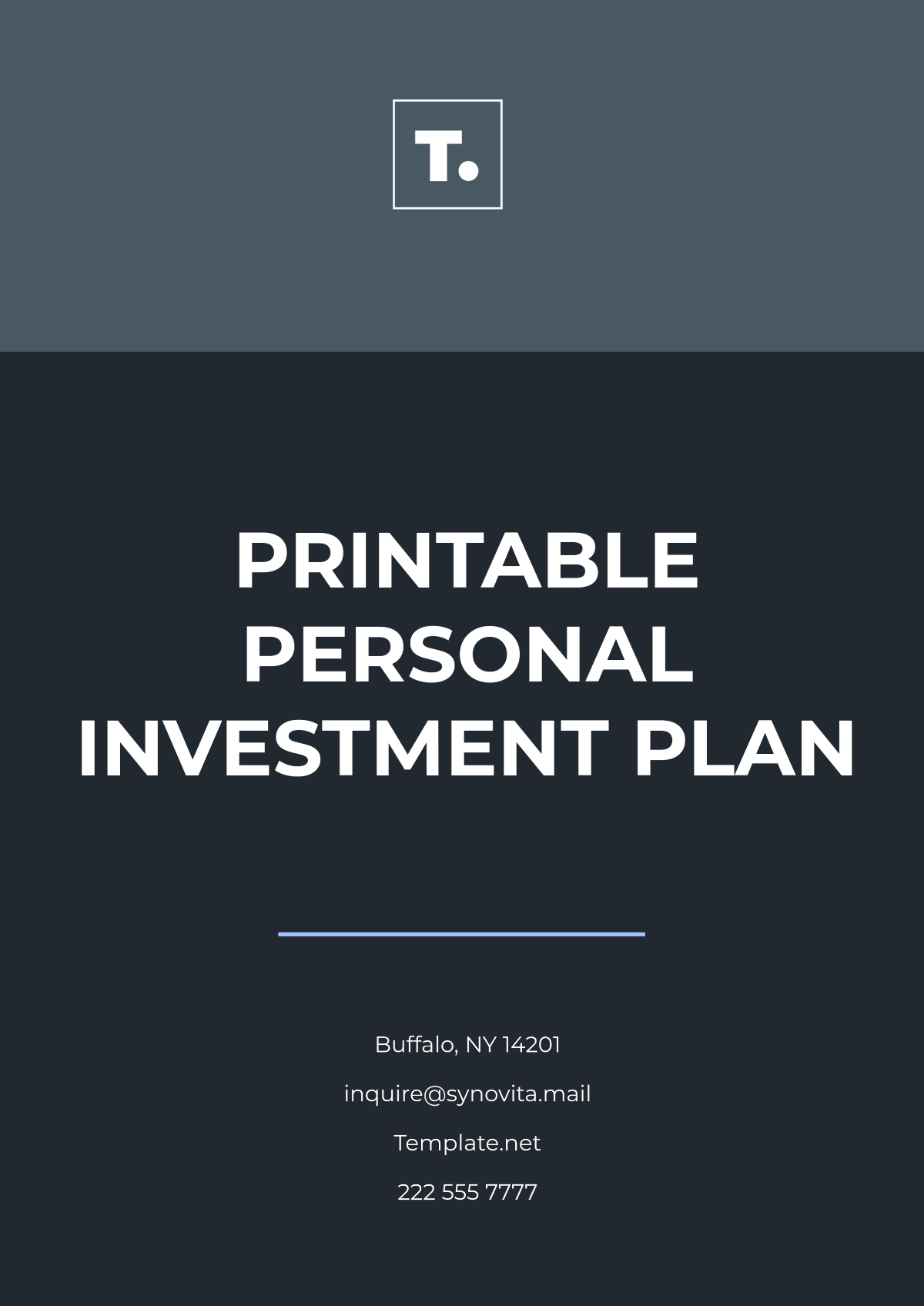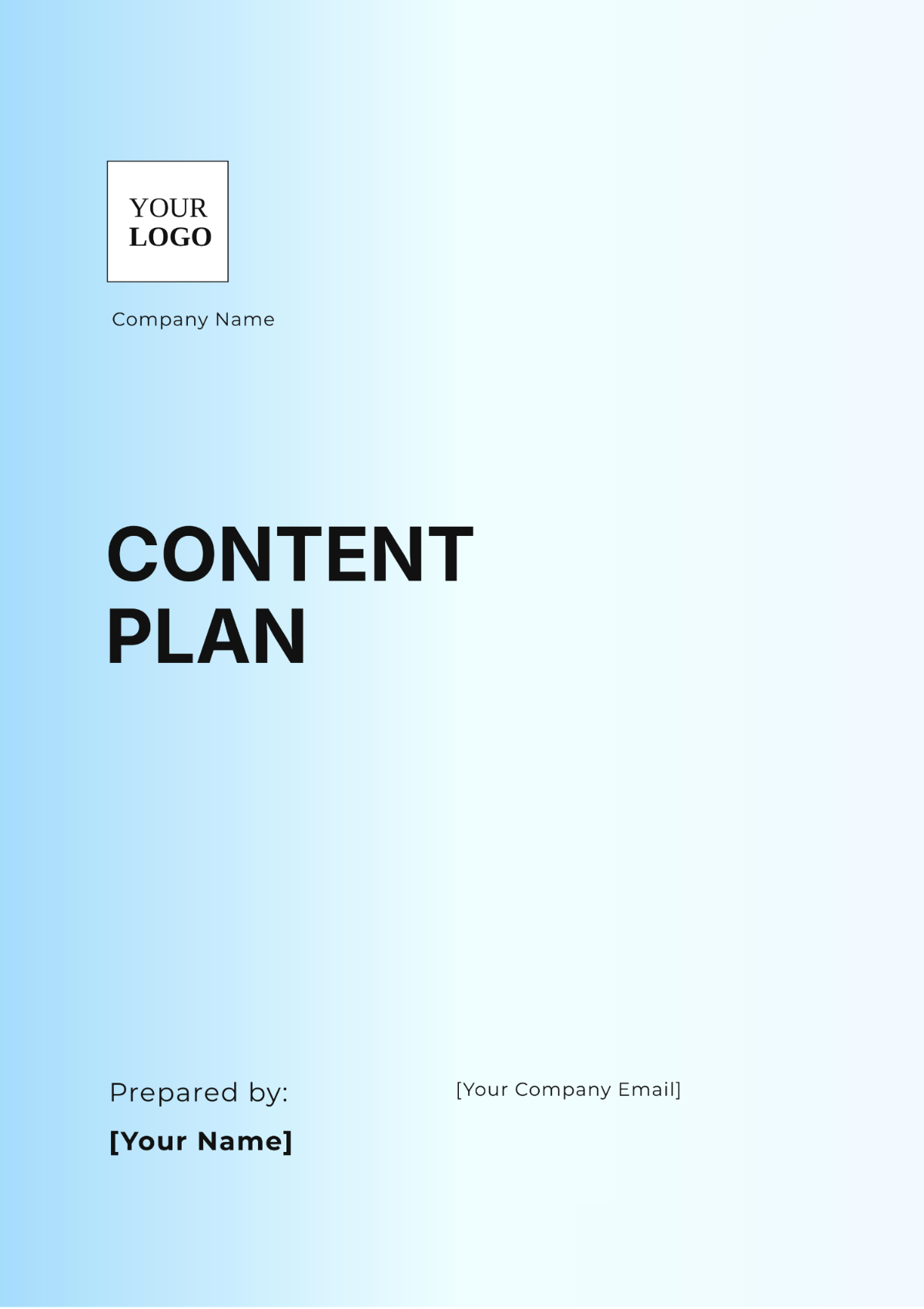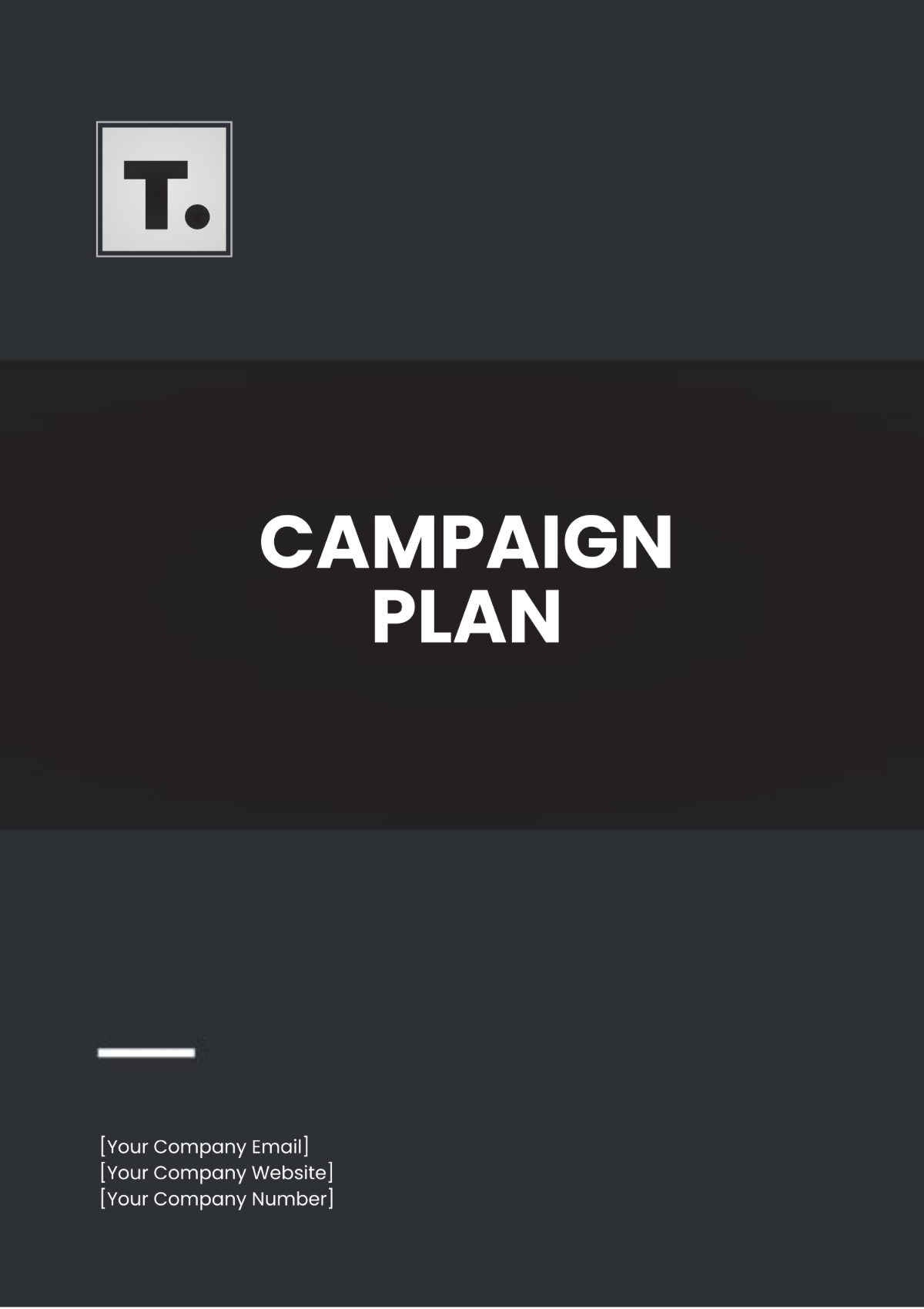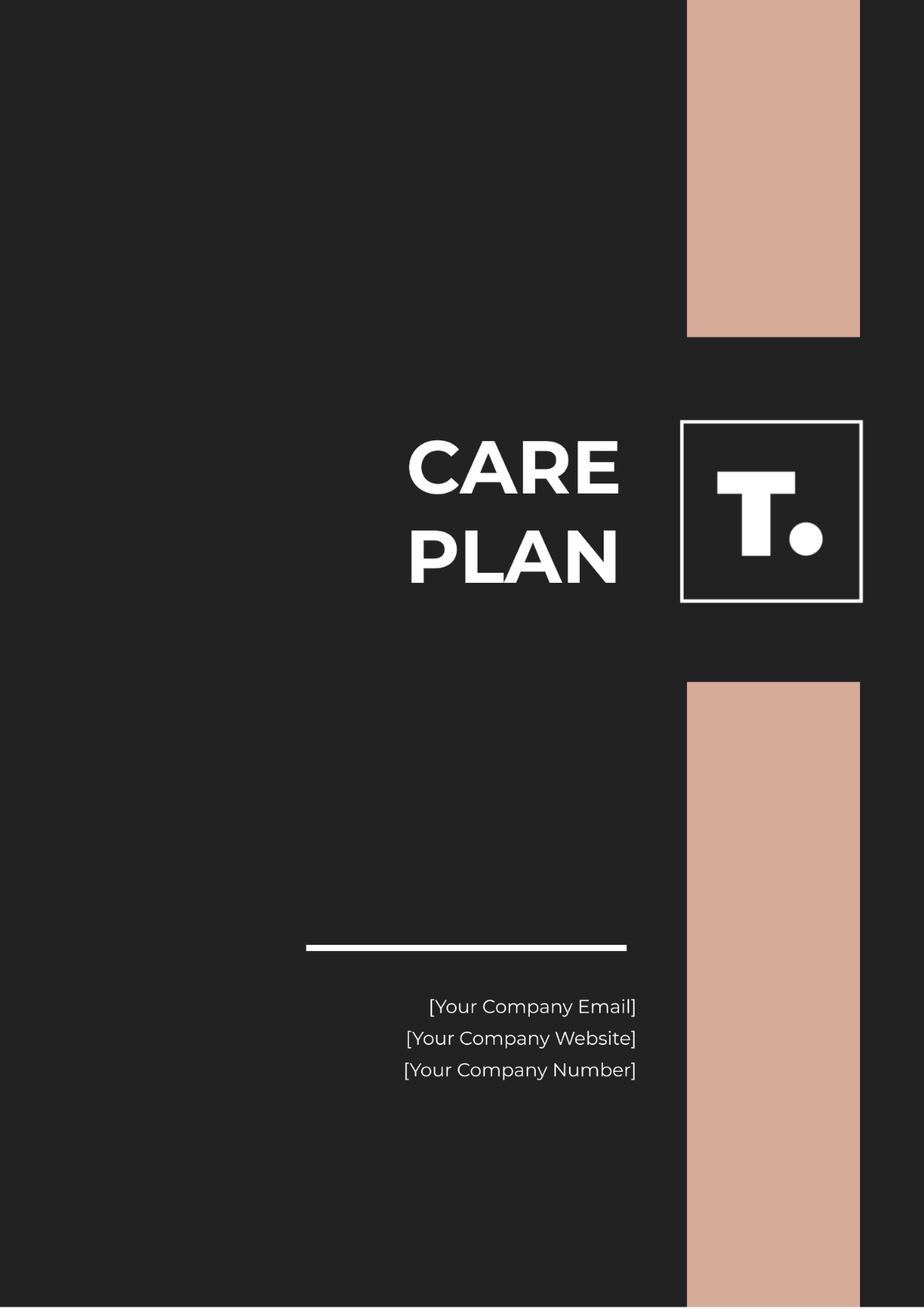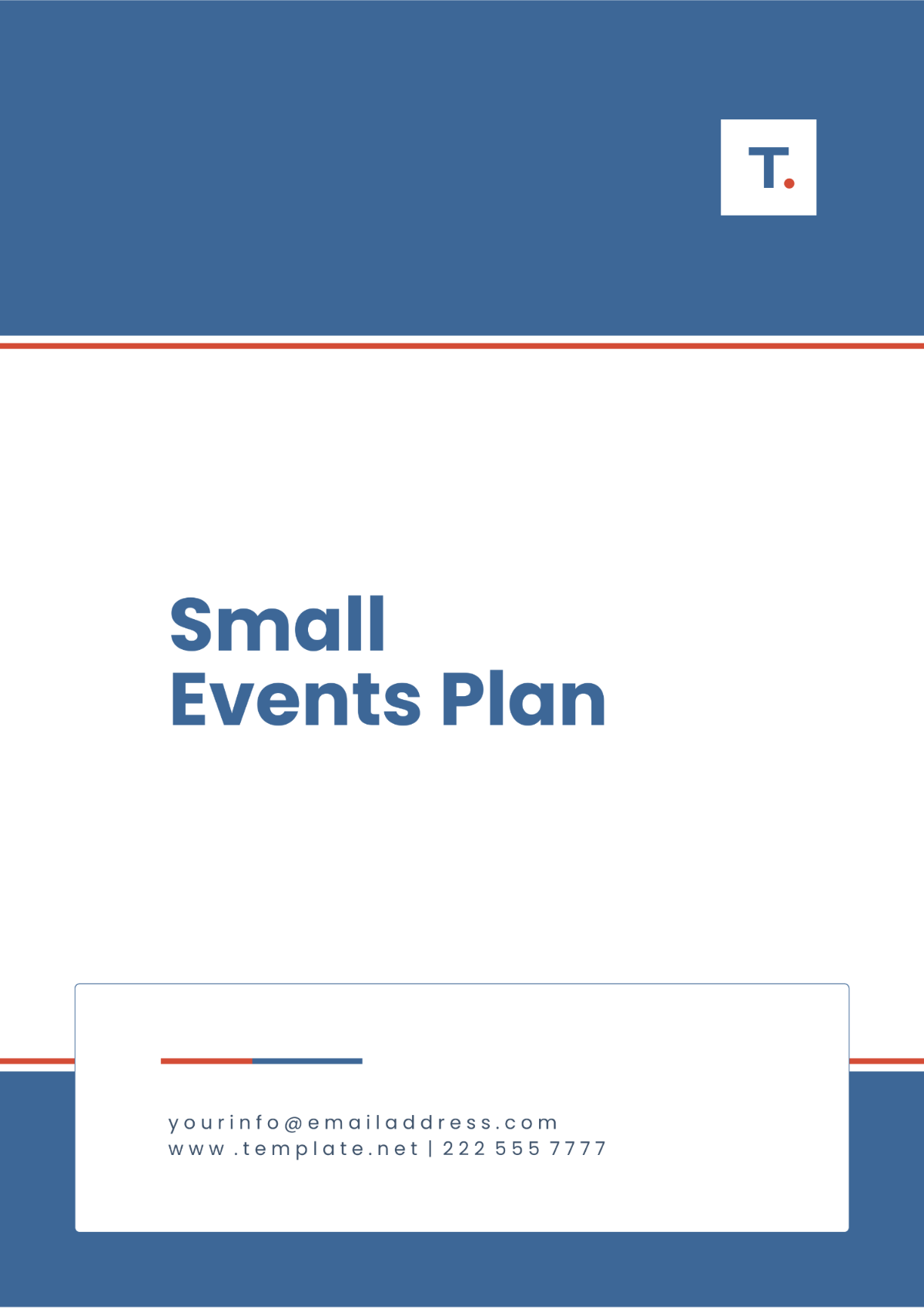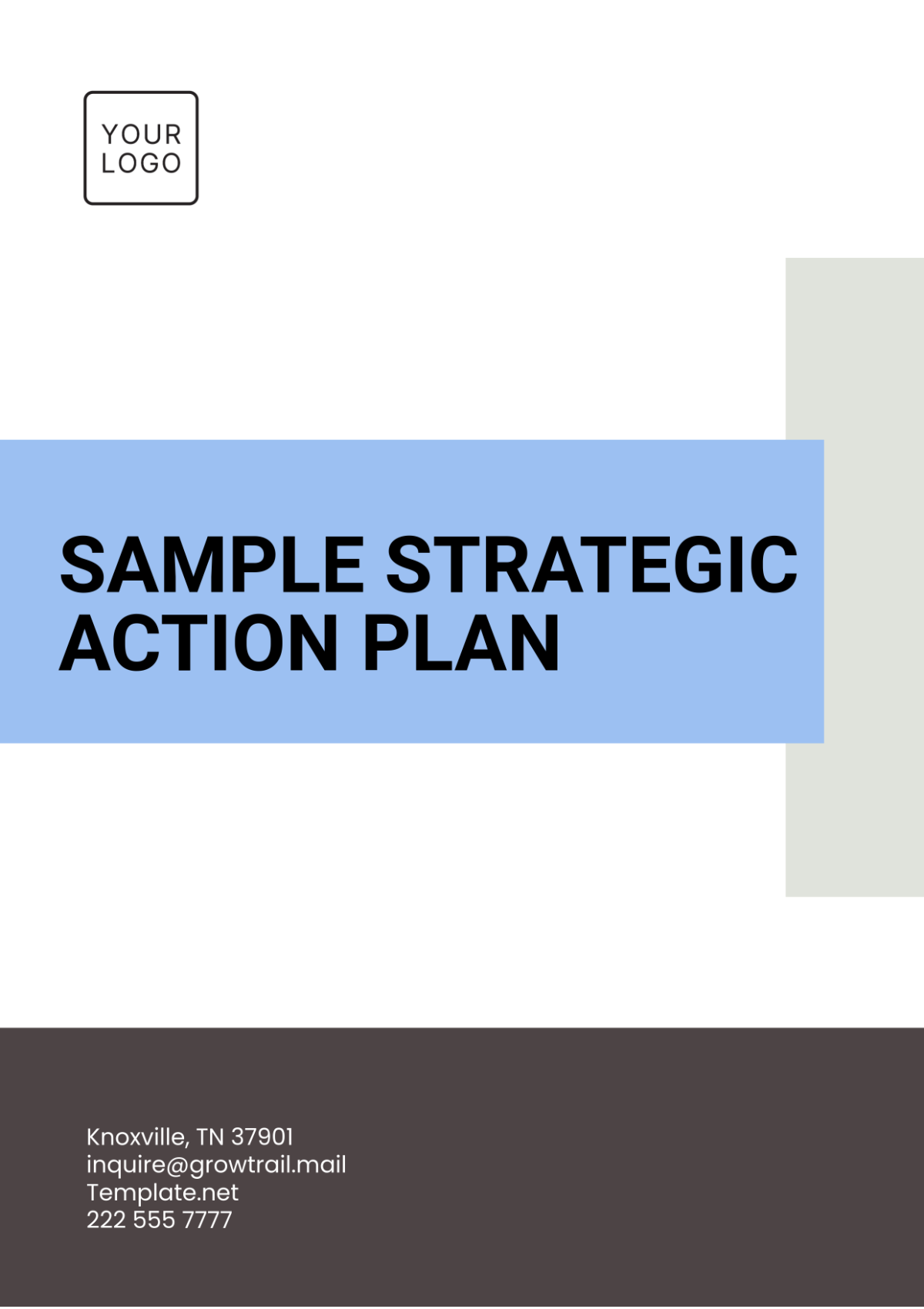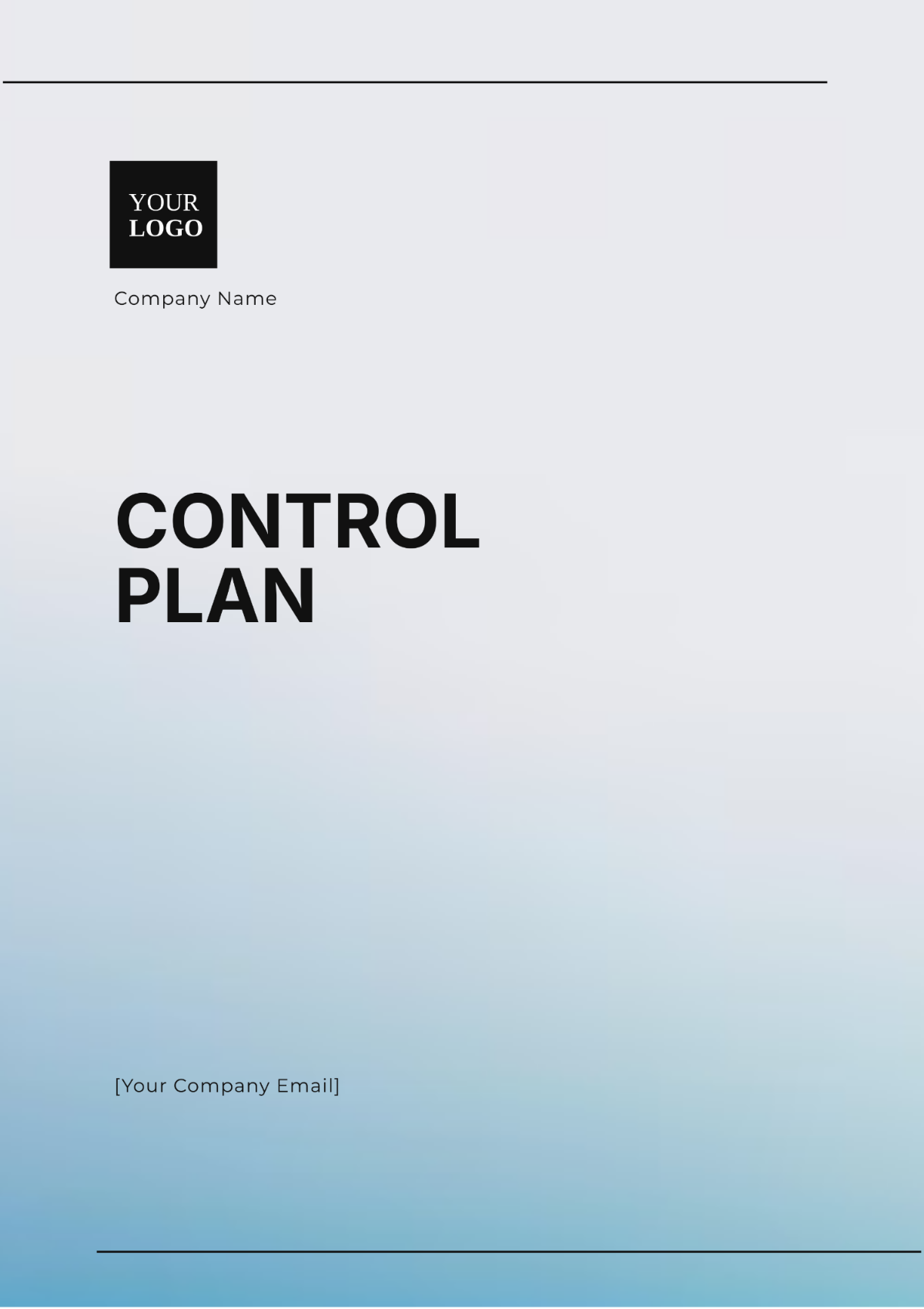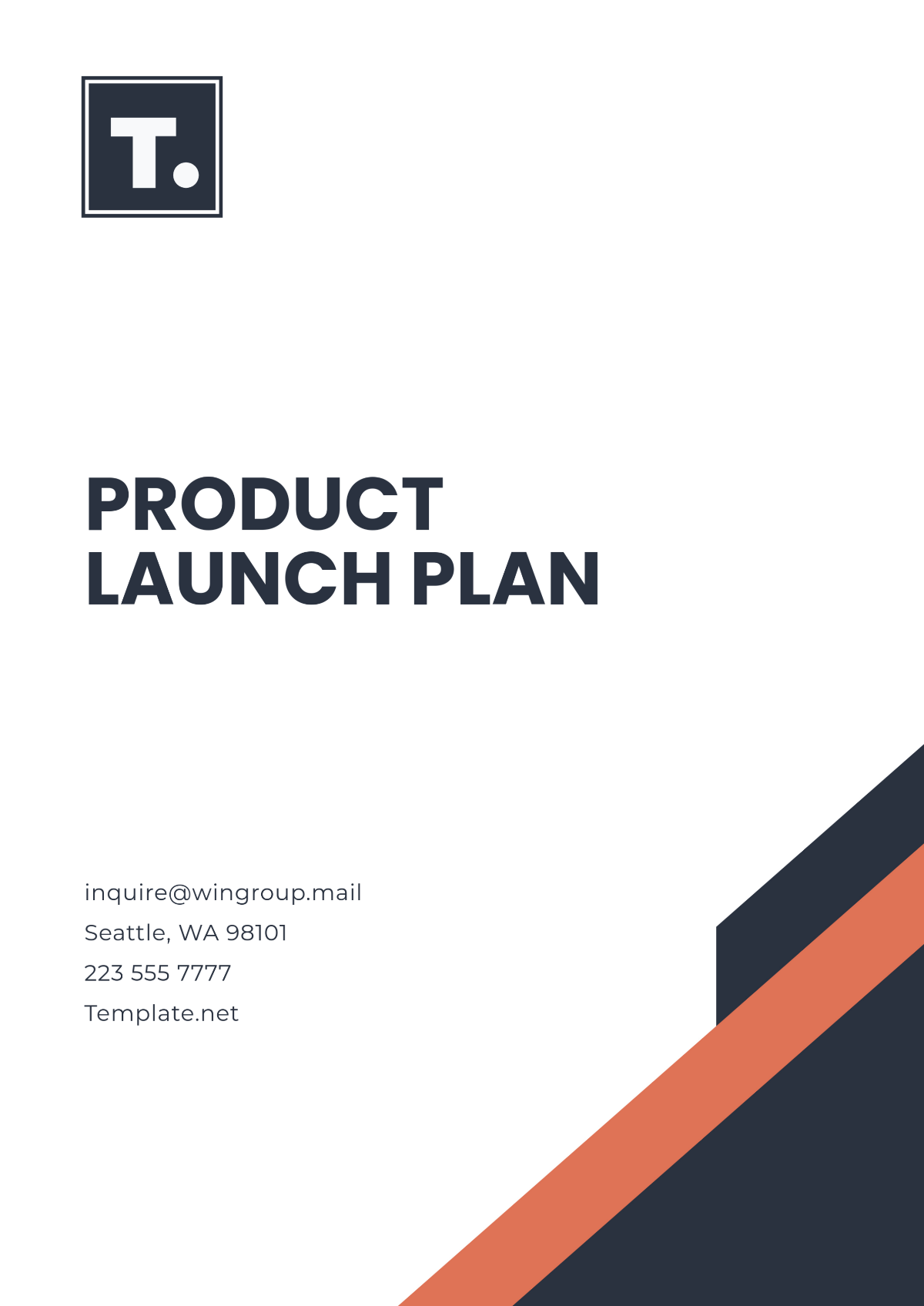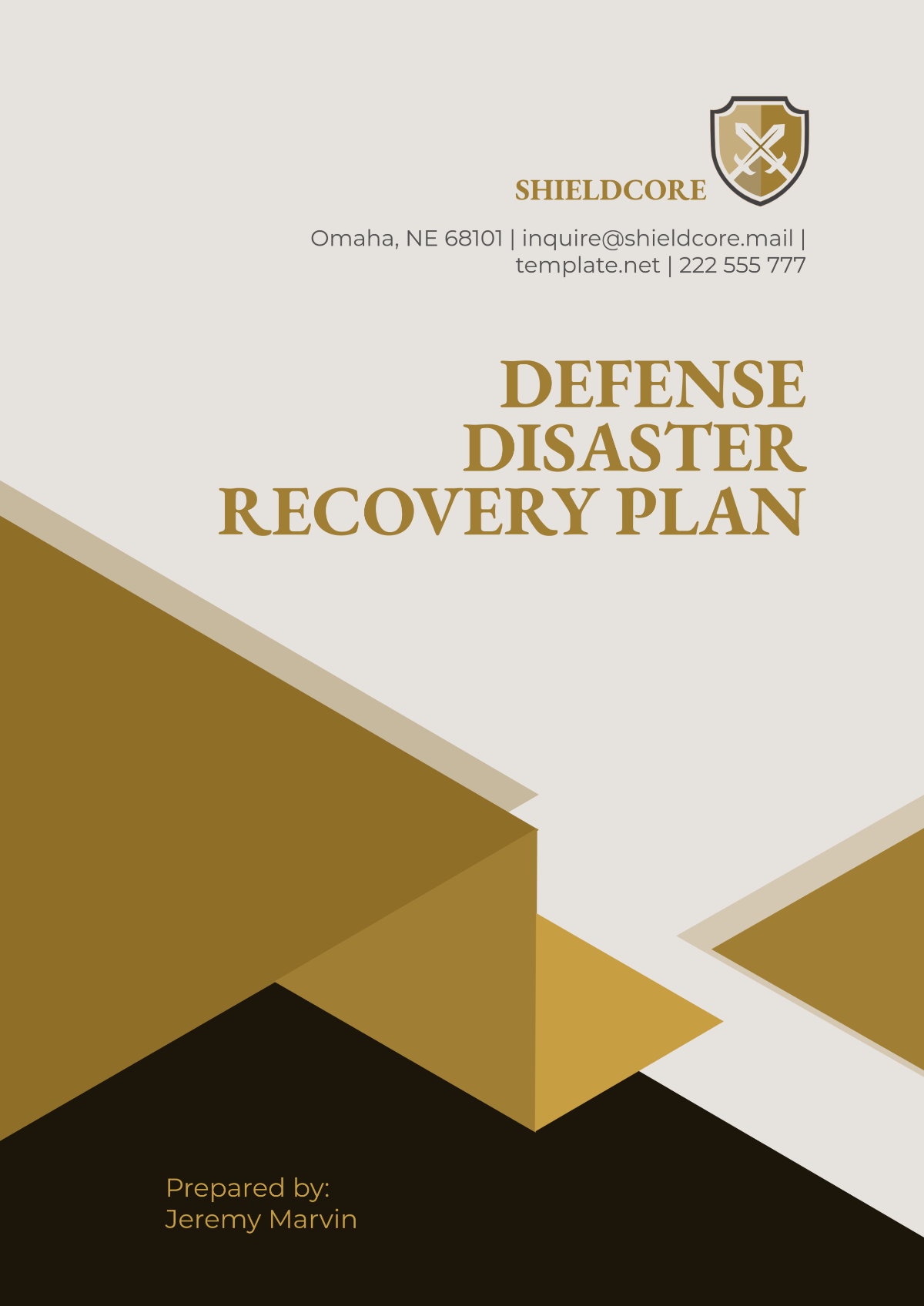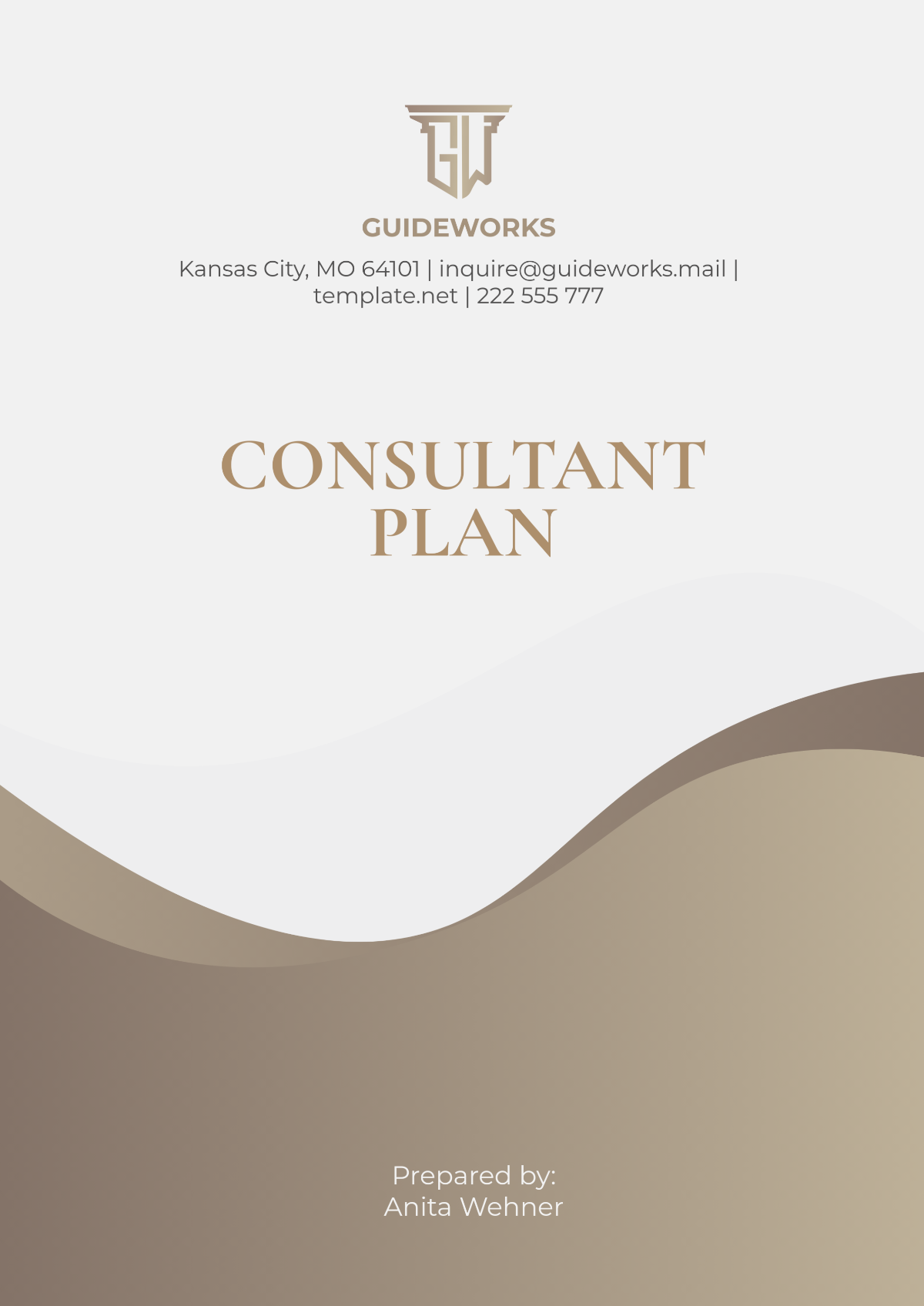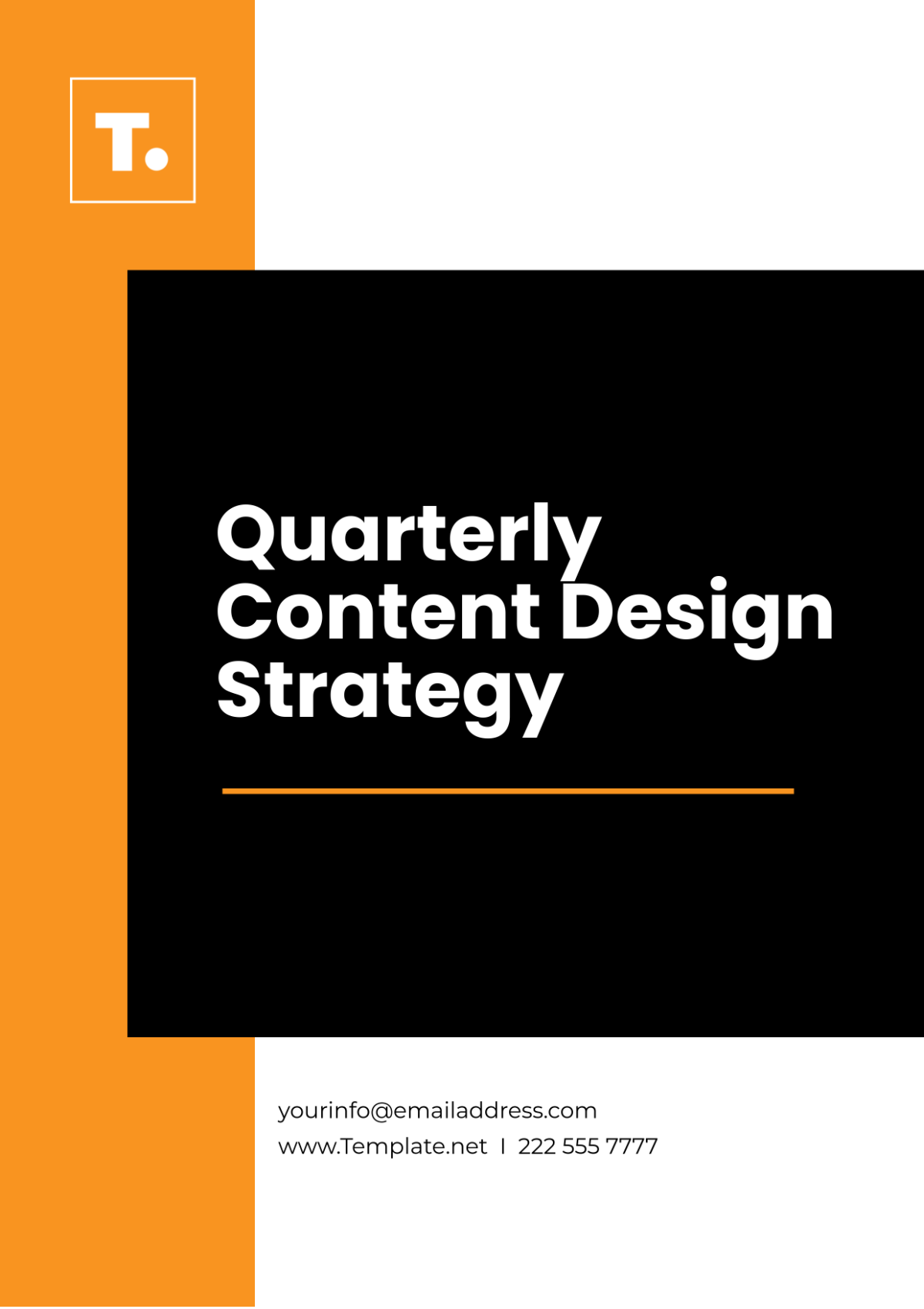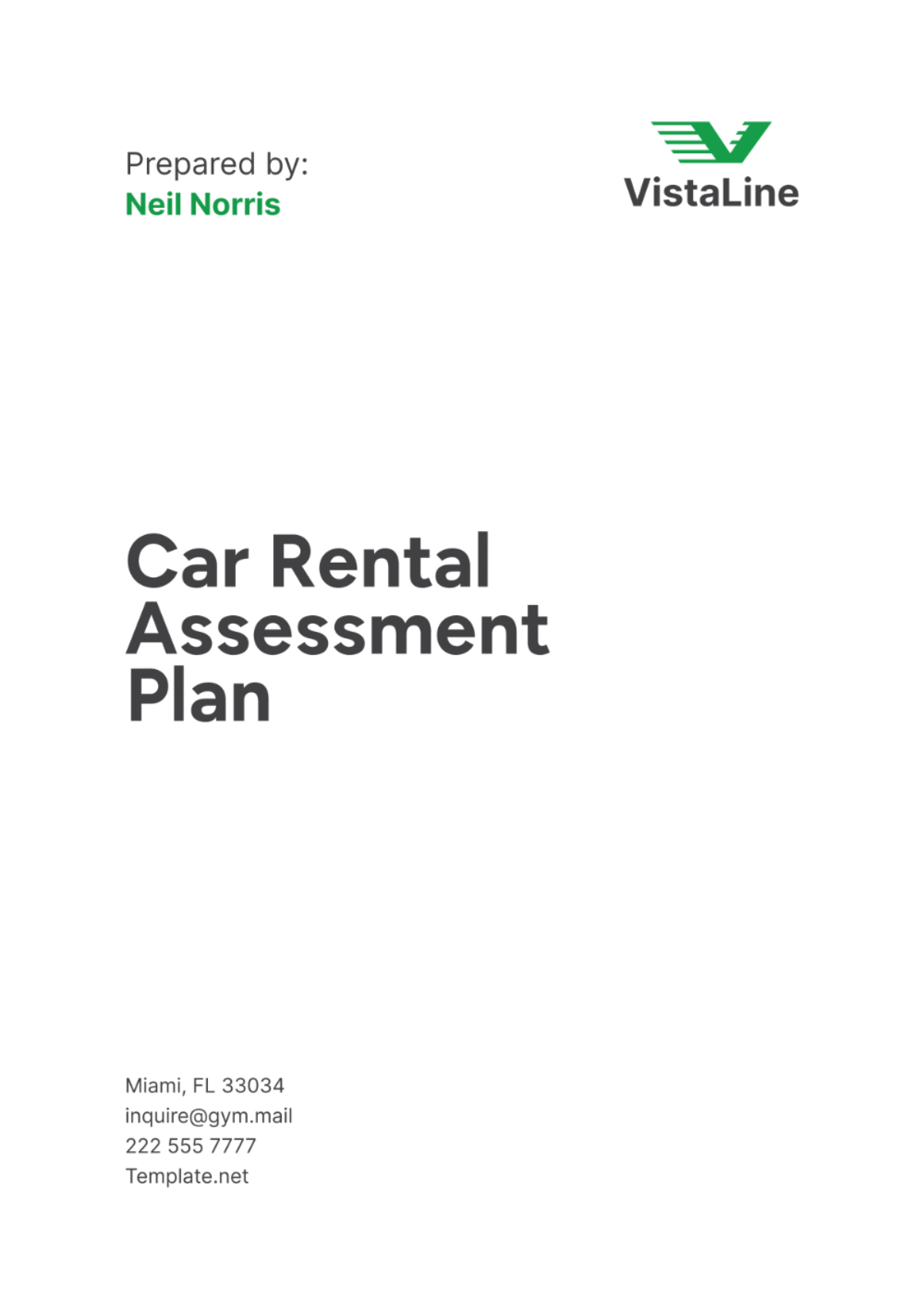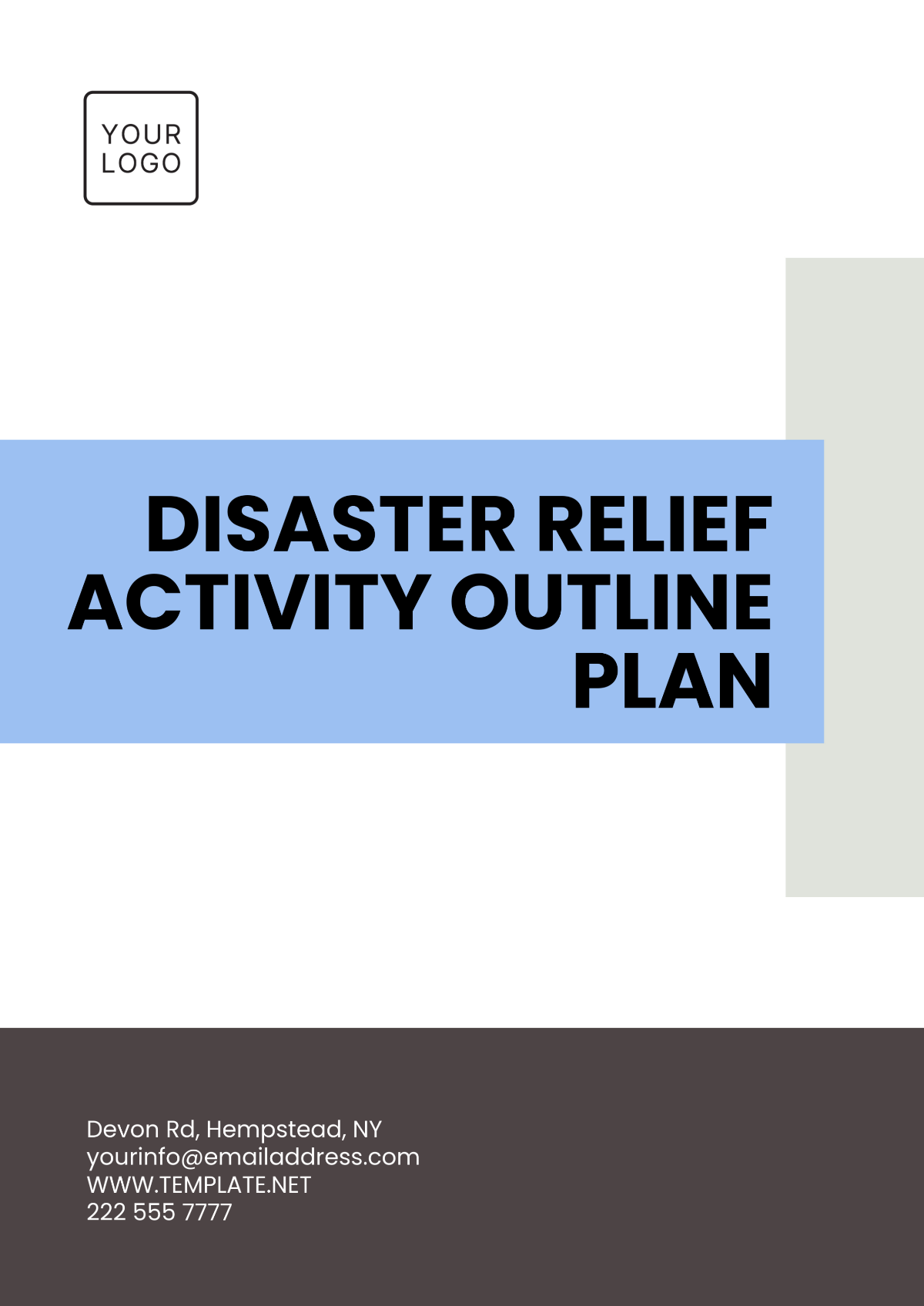Consulting Firm Workflow Plan
I. Client Onboarding and Initial Engagement
A. Initial Client Meeting
During our first meeting, [Your Company Name] strive to establish rapport and clarify the client’s immediate needs, vision, and expectations for the project. This meeting serves as the foundation for a strong, collaborative relationship, ensuring that we understand the client’s goals from the outset.
B. Needs Assessment
A thorough needs assessment enables us to identify critical issues and opportunities specific to the client’s business landscape. By analyzing these aspects, [Your Company Name] can craft a targeted approach that aligns with the client’s strategic priorities.
C. Proposal Development
The proposal outlines a tailored approach, detailing key project phases, anticipated outcomes, and associated costs. By aligning our methods and timeline with the client’s expectations, [Your Company Name] set a clear path forward for a successful engagement.
II. Project Planning and Team Assembly
A. Project Scope Definition
In order to guide the entire lifecycle of the project, we establish a well-defined project scope that thoroughly outlines the objectives, deliverables, and metrics for success. By doing so, we create a transparent framework that enables us to set mutual expectations with all stakeholders involved. This clarity is crucial in preventing scope creep, which helps to ensure that the project remains focused on its original goals and operates efficiently throughout its duration.
B. Team Selection and Roles Assignment
The selection process for team members hinges on a thorough evaluation of their specialized skills and accumulated experiences, with the primary objective of aligning these attributes to optimally fulfill the client's specific requirements. Each member's role is meticulously outlined, thereby guaranteeing a high level of accountability, promoting efficiency, and facilitating effective communication within the project team.
C. Workflow Plan Drafting
The workflow plan breaks down the project into actionable phases, ensuring each step aligns seamlessly with the overall project objectives. This comprehensive structure keeps the team organized, while allowing room for flexibility as the project evolves.
III. Research and Data Gathering
A. Data Collection Planning
[Your Company Name]'s data collection plan identifies the most relevant information sources, from client-provided data to independent research tools and industry reports. We select methods tailored to the client’s needs, such as market research, financial analysis, and competitor benchmarking. Before beginning, we schedule data collection tasks to ensure timelines are met without disrupting the client’s operations. This structured approach enables us to gather comprehensive and accurate data that will form the basis for our analysis.
B. Client Engagement and Inputs
Throughout data gathering, we actively engage the client to obtain specific insights and contextual information only they can provide. This collaboration is critical, as clients can share internal data and historical insights that help us understand deeper business trends. We conduct interviews and request additional documentation where necessary to create a well-rounded analysis. This partnership allows for a more customized approach, making the insights more relevant to the client’s unique business.
C. Data Security and Confidentiality
Ensuring data security and confidentiality is a top priority, as we often handle sensitive and proprietary information. We implement encryption and secure storage practices to protect data integrity throughout the project. Each team member signs a confidentiality agreement, and access is limited to only those directly involved in data analysis. These measures not only safeguard the client’s information but also reinforce their trust in our firm’s commitment to ethical data handling practices.
IV. Analysis and Insights Development
A. Data Analysis and Synthesis
Our data analysis reveals key trends and patterns that highlight areas for improvement and potential growth opportunities. For example, we identified a [00]% year-over-year decline in customer retention rates, correlated with decreased engagement in loyalty programs. A comparative bar chart (below) shows retention rates across three years, broken down by customer segments, helping the client visualize performance gaps. These insights guide strategic recommendations tailored to specific customer groups.
B. Problem Identification and Root Cause Analysis
Using the insights derived from data, we conduct root cause analysis to identify core issues that affect the client’s performance. Instead of treating only the symptoms, we delve into underlying factors like operational inefficiencies or market misalignments. This approach allows us to develop a detailed and accurate problem statement that targets the real issues impacting the client’s business. A clear problem statement becomes the cornerstone of our subsequent solution development.
C. Findings Documentation
[Your Company Name] document findings in a structured, easy-to-navigate report that includes data visualizations, summaries, and key insights. Visual aids like charts and graphs are included to help the client quickly understand complex data points. Our documentation is detailed yet concise, ensuring clarity while covering all relevant aspects of the analysis. This allows the client to see the reasoning behind our conclusions and prepares them for the upcoming recommendation phase.
V. Solution Design and Recommendation Development
A. Solution Brainstorming and Development
In collaboration with team experts, we brainstorm a range of potential solutions that directly address the client’s unique challenges. We evaluate each idea based on feasibility, potential impact, and alignment with the client’s long-term goals. Solutions are tailored, taking into account the client’s resources, budget constraints, and organizational culture. By the end of this process, we have a set of well-rounded solutions that will form the basis for our recommendations.
B. Internal Review and Refinement
Proposed solutions are reviewed internally to ensure they meet our firm’s quality standards and align with best practices. Feedback from senior consultants and subject matter experts helps refine each recommendation, adding new perspectives and strengthening overall quality. This collaborative review process allows us to address potential weaknesses and make necessary adjustments. The result is a polished set of recommendations ready for client presentation.
C. Solution Presentation to Client
[Your Company Name] prepare a presentation summarizing our findings and proposed solutions in a clear, actionable format. Each recommendation is presented with supporting data, anticipated outcomes, and practical steps for implementation. We encourage open dialogue, inviting client feedback to ensure our proposals are fully aligned with their expectations. This consultative approach fosters client buy-in, making it easier to move forward with the chosen solutions.
VI. Implementation Planning and Execution
A. Action Plan Development
An action plan is created to detail each implementation step, along with timelines, assigned roles, and success metrics. We break down each recommendation into manageable tasks, ensuring that the plan is structured for smooth execution. The action plan outlines dependencies and contingencies, preparing the client for potential challenges. This clarity ensures the client understands what to expect and how each task will contribute to the final outcome.
B. Resource Allocation
[Your Company Name] allocate appropriate resources, including personnel, technology, and budget, to ensure the implementation proceeds efficiently. Resource allocation is meticulously planned to avoid delays or gaps that could disrupt the project. Where needed, we coordinate with the client to secure additional support or resources, ensuring full readiness before beginning execution. This proactive approach reduces the risk of resource shortages and keeps implementation on track.
C. Training and Knowledge Transfer
[Your Company Name]'s team conducts training sessions to ensure the client’s staff are equipped to sustain and optimize the new processes post-project. Customized training materials and guides are provided to aid in knowledge retention and support future improvements. We also offer follow-up support, allowing clients to clarify any questions that arise during implementation. This thorough knowledge transfer promotes long-term success, empowering the client to manage changes independently.
VII. Monitoring and Adjustments
A. Progress Tracking
Progress tracking is established through regular check-ins and updates to assess alignment with project goals and KPIs. We monitor each phase carefully, addressing any deviations and communicating updates with the client. Our team documents progress to ensure that deliverables remain aligned with the original scope. This continuous tracking helps ensure that the project stays on schedule and that any required adjustments are made promptly.
B. Risk Management and Issue Resolution
[Your Company Name] identify and mitigate potential risks early, developing contingency plans to minimize disruptions. During the project, any issues that arise are addressed promptly with a focus on resolving them before they escalate. This proactive approach allows us to maintain momentum while minimizing any negative impact on project deliverables. Effective risk management ensures that we remain prepared for unforeseen challenges.
C. Quality Assurance and Feedback
Our team performs quality assurance checks at each stage to confirm that deliverables meet client standards and project requirements. We gather ongoing feedback from the client to address any concerns or questions, making improvements where necessary. This iterative process ensures that the client is satisfied with each phase of the project. Quality assurance guarantees that we maintain high standards from start to finish, resulting in a successful outcome.
VIII. Project Evaluation and Final Reporting
A. Outcome Assessment
After implementation, we evaluate project results against the original objectives and performance indicators to measure success. We analyze both quantitative metrics and qualitative feedback to assess the overall impact of our solutions. Any gaps or areas for improvement are noted, adding to our insights for future projects. This assessment helps us quantify the value delivered to the client and ensure their satisfaction.
B. Final Project Report
The final project report is a comprehensive document that captures the project’s entire lifecycle, from objectives to final outcomes. It includes detailed findings, actions taken, and the results achieved, providing the client with a valuable reference. Our report also includes recommendations for ongoing improvement, ensuring the client can sustain the gains achieved. This final deliverable offers closure while serving as a useful guide for the client moving forward.
C. Client Presentation and Feedback
In our final presentation, we walk the client through the report, summarizing the project’s achievements and impact on their business. We encourage open feedback to gauge client satisfaction and gather insights for future engagements. The session also allows us to answer any remaining questions and provide additional clarification as needed. This final meeting emphasizes transparency and solidifies our partnership with the client.
IX. Project Closeout and Post-Implementation Support
A. Project Closeout Procedures
At project closeout, we complete all documentation and ensure that final deliverables are provided to the client in an organized manner. We confirm that the client has access to all project materials, including reports, action plans, and training documents. Any administrative tasks are concluded, and relevant data is securely archived. This formal closeout provides a clear end to the project while ensuring that all client needs have been addressed.
B. Post-Implementation Follow-Up
During the post-implementation phase, we regularly check in with the client to monitor the progress of implemented solutions and address any emerging issues. A structured tracking table (below) ensures accountability, outlining specific follow-up actions, responsible parties, and deadlines. This systematic follow-up ensures that improvements are sustained and aligned with the client’s long-term goals. These proactive measures reinforce our commitment to ongoing client success.
Action Item | Responsible Party | Deadline | Status | Comments |
|---|---|---|---|---|
Revise loyalty program strategy | Marketing Manager | Dec 15, 2050 | In Progress | Gathering feedback from customer survey |
Monitor retention rates monthly | ||||
Schedule team training on CRM | ||||
Conduct executive review meeting |
C. Internal Debrief and Knowledge Sharing
Internally, we hold a project debrief to discuss successes, challenges, and key takeaways with the team. Lessons learned are documented and shared across the firm, helping us improve our processes and refine best practices. These insights are valuable for enhancing future projects and driving continuous improvement. This practice strengthens our team’s expertise and contributes to a culture of knowledge sharing within the firm.


